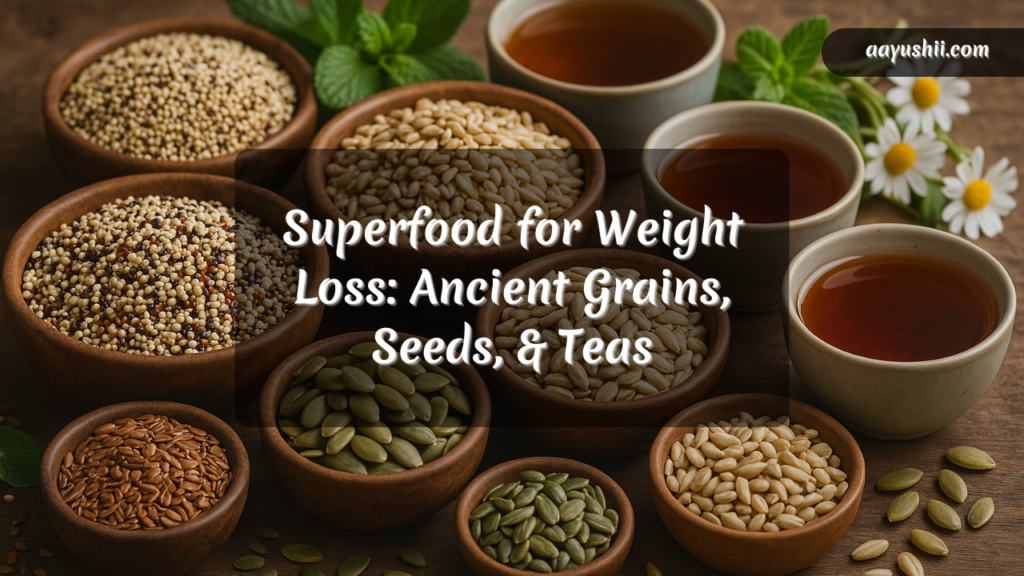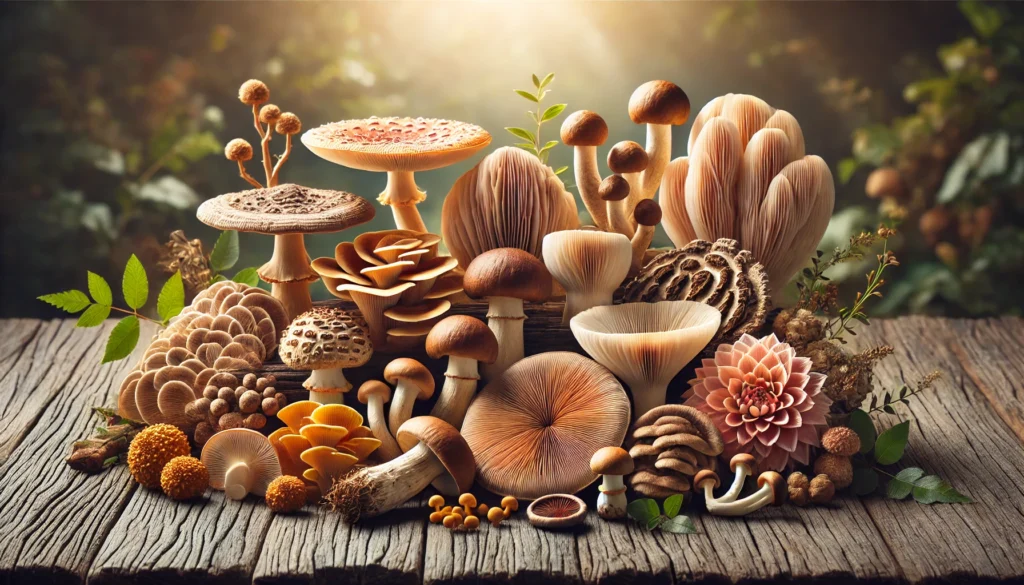The quest for natural, holistic approaches to weight loss has grown significantly in recent years. More and more people are turning to time-honored foods—especially ancient grains, seeds, and herbal teas—that have long held a place in traditional diets around the world. These nutrient-dense options are now being recognized as powerful superfood for weight loss, offering a gentle yet effective way to support the body’s natural balance.
By combining the nutritional strength of these herbal superfoods with a balanced lifestyle, you can take meaningful steps toward sustainable weight management.
In this detailed guide, we’ll explore how ancient grains, seeds, and teas work as superfoods to support your weight-loss goals. From boosting metabolism and aiding digestion to helping manage appetite, each category plays a unique role.
This is your definitive resource for understanding how to include herbal superfoods in your weight-loss journey—blending traditional wisdom with modern nutritional insight. By the end, you’ll be equipped with both the inspiration and practical knowledge to start using these wholesome foods in your daily routine.
Table of Contents
Understanding Herbal Superfoods and Weight Loss

What Are Herbal Superfoods?
The term superfood often describes nutrient-rich foods particularly beneficial for health and overall well-being. While the term is not strictly scientific, it has gained popularity as a convenient way to identify foods that provide an abundance of vitamins, minerals, antioxidants, and other nutrients in relatively small servings. When we add the qualifier herbal, we refer to the plant-based origins of these superfoods—particularly those that have been cherished for centuries in various cultural and herbal traditions.
Herbal superfoods can be as simple as aromatic leaves that are brewed into teas or seeds derived from naturally resilient plants known to flourish in diverse environments. These foods often contain a synergy of nutrients that support metabolic health, improve digestion, and help regulate blood sugar—key factors in managing and maintaining a healthy body weight.
Why Focus on Ancient Grains, Seeds, and Teas?
Ancient grains, seeds, and teas have endured throughout centuries in various cuisines, making them perfect examples of foods that stand the test of time for both flavor and health benefits. They are often less processed compared to modern refined carbohydrates and possess higher quantities of dietary fiber, protein, and essential vitamins and minerals. Moreover, the combination of fiber and unique plant compounds can support weight loss by:
- Promoting fullness and reducing the likelihood of overeating.
- Stabilizing blood sugar levels, thus preventing spikes and crashes that might contribute to cravings.
- Providing antioxidants that reduce oxidative stress, which in turn can support metabolic function.
Teas derived from herbs are not only hydrating but can also help with digestion, metabolism, and stress management—crucial components of any weight-loss journey. When you blend ancient grains, seeds, and certain teas into your daily meals, you create a holistic nutritional approach that may help you shed unwanted pounds while simultaneously nourishing your body with essential nutrients.
Balancing Diet and Lifestyle
Though integrating these superfoods can contribute to weight loss, no single food or group of foods can singlehandedly produce dramatic results without an overall balanced lifestyle. Remember to:
- Engage in regular physical activity—whether brisk walking, strength training, or yoga—to support both cardiovascular health and muscle development.
- Emphasize variety in your diet. Combining multiple grains, seeds, and teas with various fruits, vegetables, and lean proteins ensures a broad spectrum of nutrients.
- Manage stress with techniques such as mindfulness, meditation, or gentle stretching exercises, as chronic stress can hinder weight loss by triggering hormonal imbalances and emotional eating.
- Stay hydrated and get sufficient sleep—both crucial factors for maintaining a healthy metabolism.
Ancient Grains: Nutrient-Dense Staples for Weight Management
Ancient grains is a term that typically refers to grains that have remained largely unchanged for hundreds or even thousands of years. Unlike modern grains that have been extensively cross-bred to increase yield, shelf life, or gluten content, ancient grains often retain more of their original structure and nutrition profile. They frequently come with a hearty taste and an impressive array of nutrients.
Quinoa
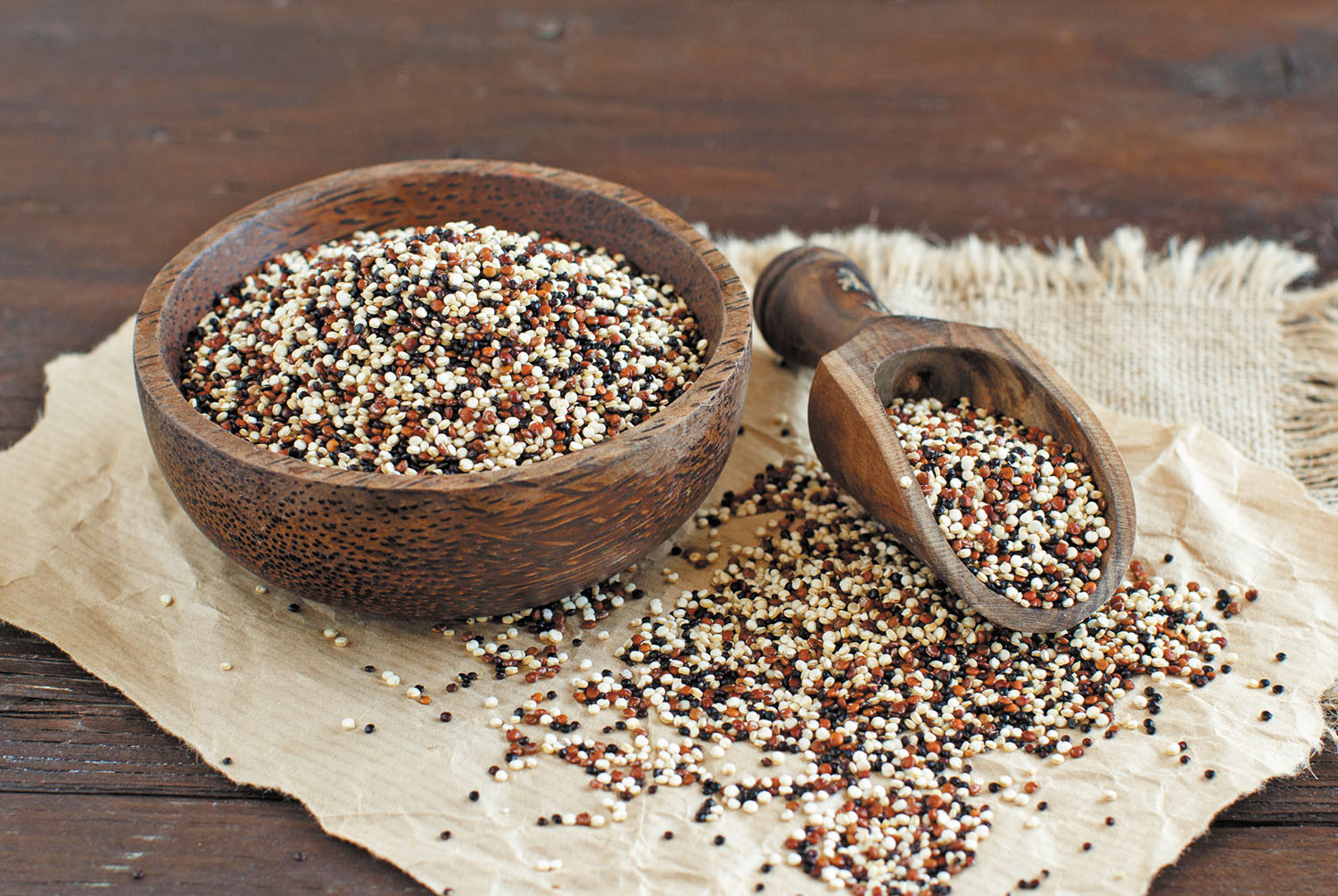
Origin: Quinoa (pronounced keen-wah) originates from the Andean region of South America and has been consumed for over 5,000 years.
Nutritional Highlights:
- Complete Protein: Quinoa contains all nine essential amino acids, making it a rare plant-based complete protein source. This makes it particularly beneficial for vegans or vegetarians trying to maintain muscle mass while losing weight.
- High Fiber Content: Quinoa’s rich fiber profile supports satiety, reducing the likelihood of overeating. It also helps stabilize blood sugar, making it a suitable option for people who aim to avoid energy spikes and crashes.
- Minerals and Vitamins: Quinoa is a good source of iron, magnesium, phosphorus, and B vitamins.
How It Aids Weight Loss:
- Provides sustained energy and helps keep you feeling full.
- Can replace refined carbs like white rice or pasta, offering a lower glycemic alternative.
Tips for Use:
- Rinse quinoa thoroughly before cooking to remove its naturally occurring bitter saponin coating.
- Use quinoa in salads, soups, or as a base in grain bowls with vegetables and lean proteins.
- Combine quinoa with sauteed vegetables and spices like turmeric or cumin for added flavor.
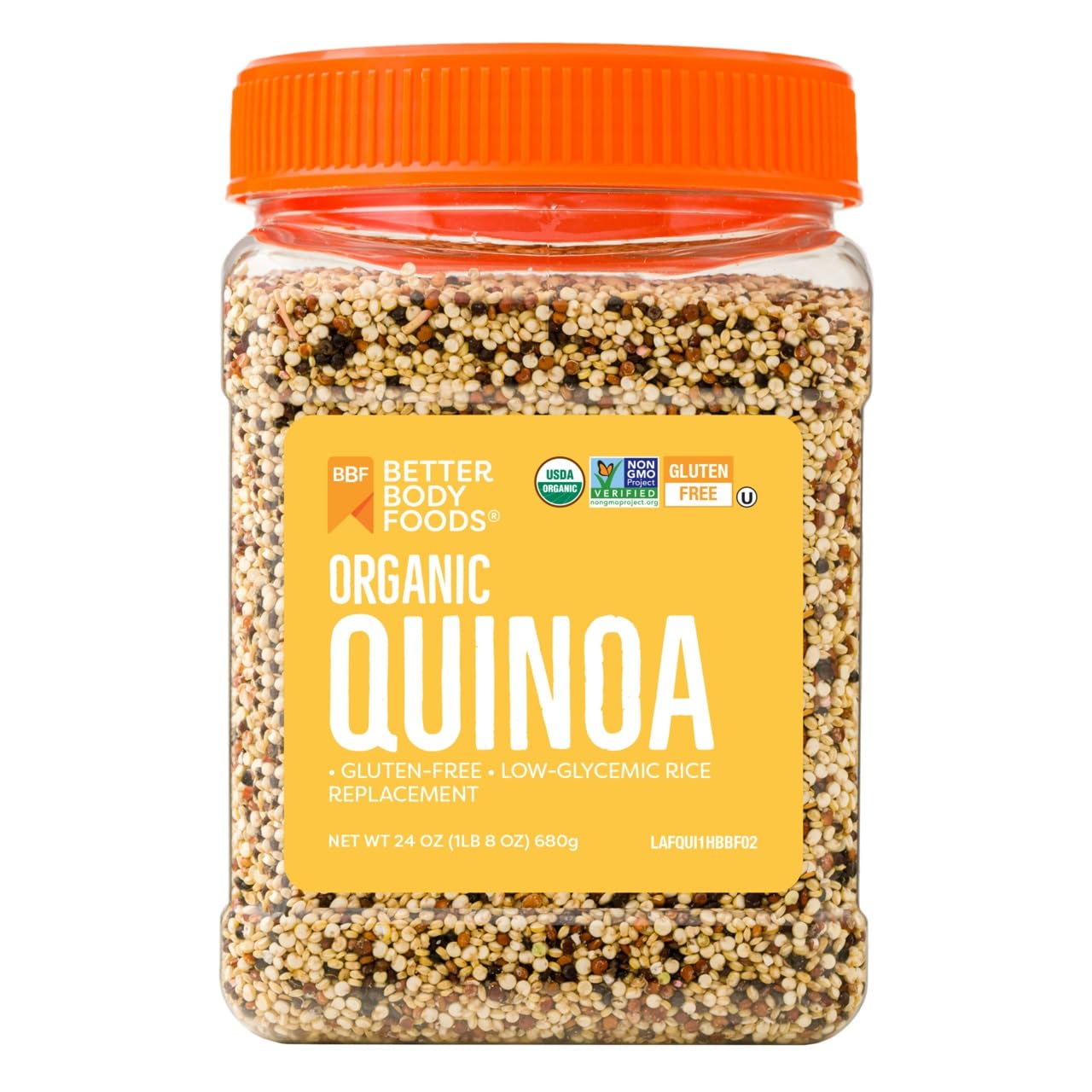
Amaranth
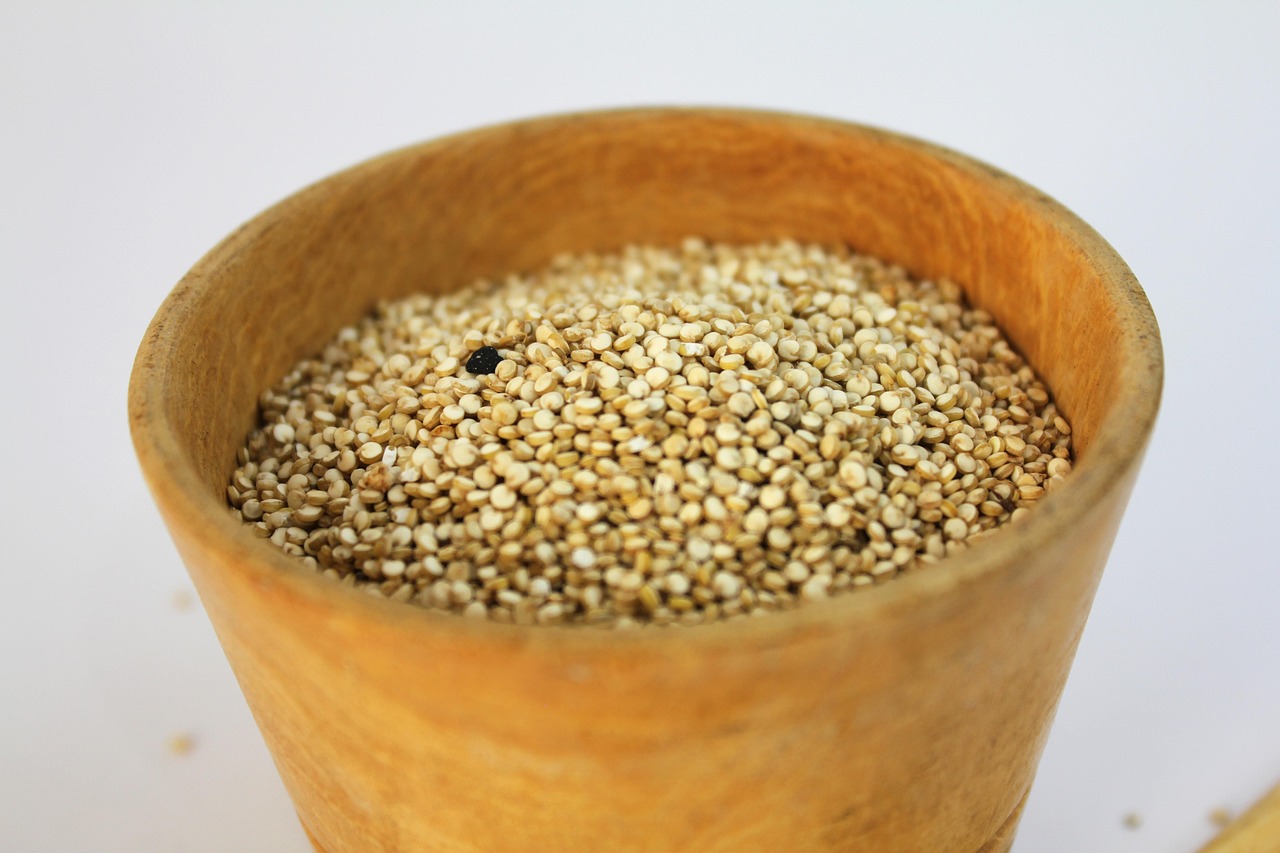
Origin: Amaranth was a staple crop among the Aztecs and has been cultivated in regions of Central and South America for thousands of years.
Nutritional Highlights:
- High Protein: Like quinoa, amaranth is also a source of complete protein, containing lysine, an amino acid often lacking in other grains.
- Rich in Minerals: Loaded with calcium, magnesium, iron, and potassium.
- Gluten-Free: Ideal for individuals with gluten sensitivity or celiac disease.
How It Aids Weight Loss:
- Its nutrient density ensures that even smaller portions are satisfying, reducing overall caloric intake.
- Its fiber content contributes to regulated digestion and appetite management.
Tips for Use:
- Cook amaranth in water or broth, and consider mixing it with other grains for a varied texture.
- Add amaranth flour to pancake or bread recipes to boost nutritional content.
- Use popped amaranth as a topping on yogurt or salads for a crunchy twist.
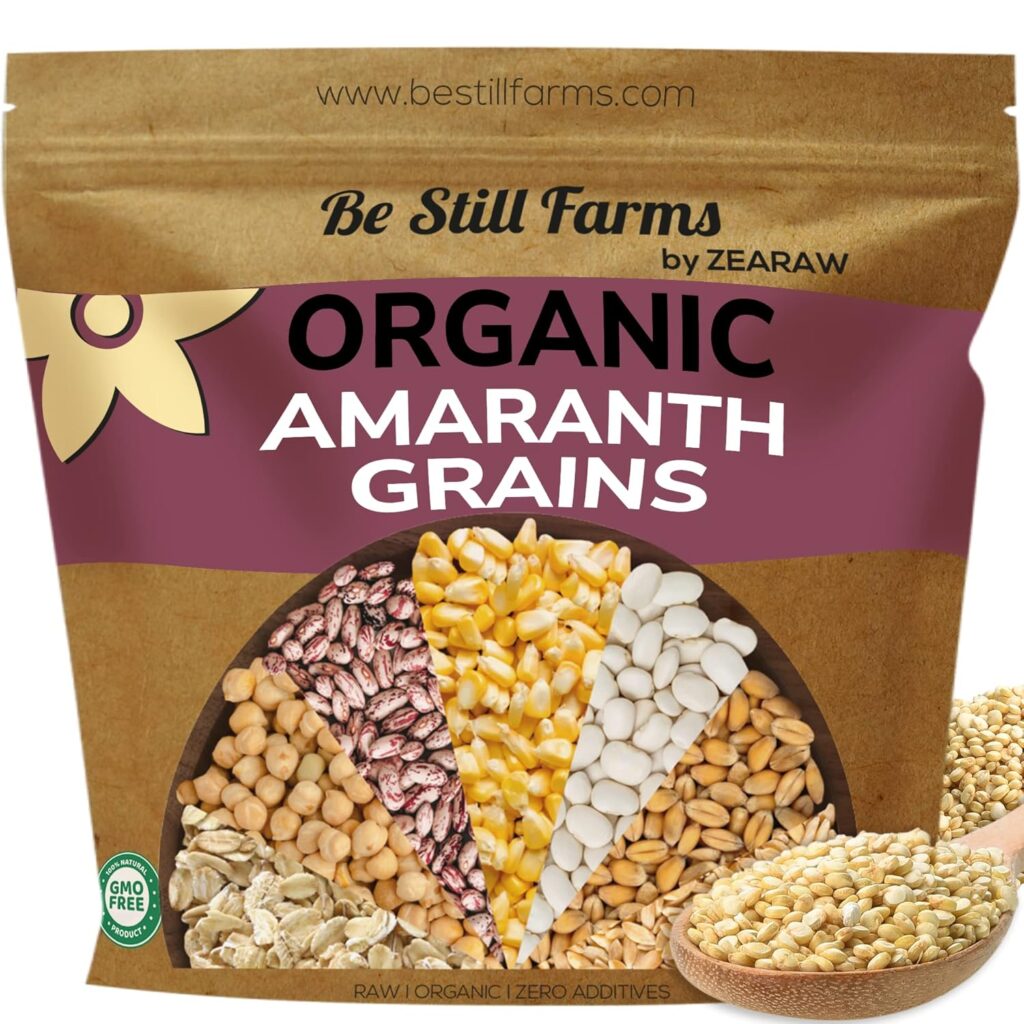
Buckwheat
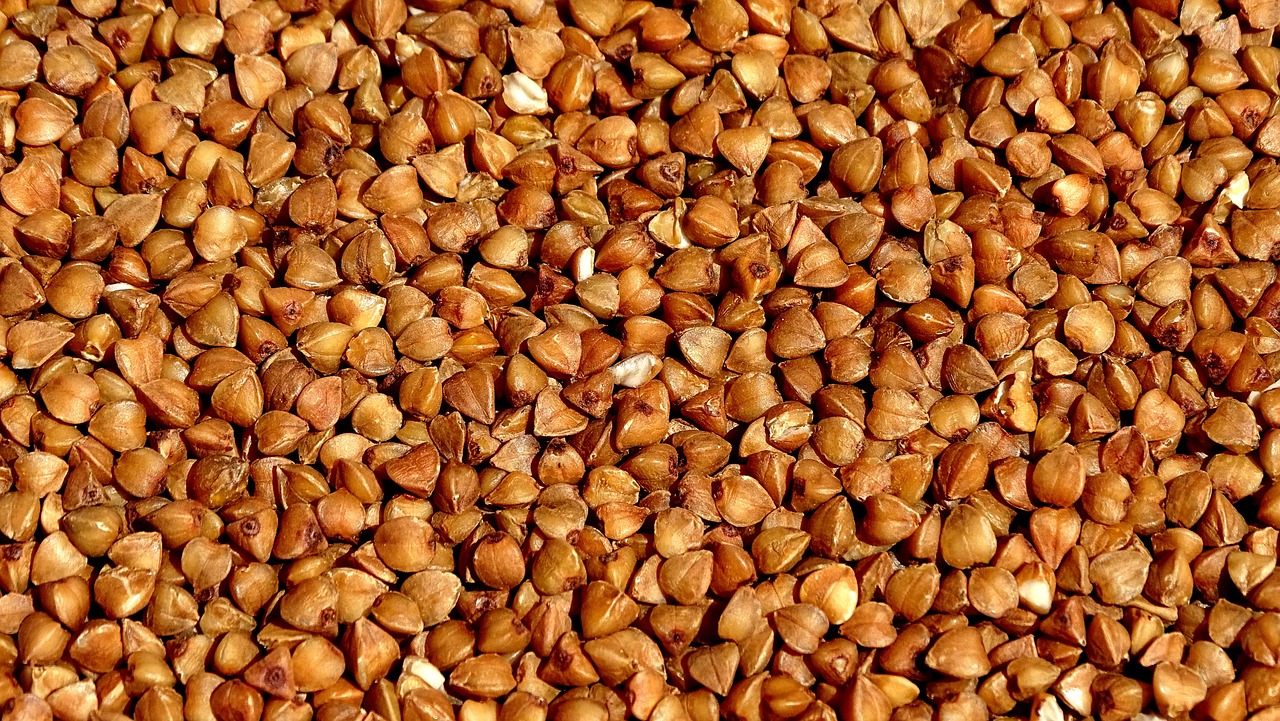
Origin: Despite its name, buckwheat is not actually a type of wheat. It originates from Asia and has been cultivated in Eastern Europe for centuries.
Nutritional Highlights:
- High Fiber: Known for its hearty, nutty taste and substantial fiber content.
- Important Minerals: Good source of magnesium, which supports muscle and nerve function, and manganese, which is vital for metabolism and bone health.
- Antioxidants: Contains rutin, an antioxidant that can support blood vessel health.
How It Aids Weight Loss:
- Fiber and protein help manage appetite and regulate blood sugar.
- Naturally gluten-free, offering a healthy alternative to refined flour and wheat-based products.
Tips for Use:
- Buckwheat groats can be boiled and used in porridge or pilaf.
- Buckwheat flour is often used to make soba noodles in Japanese cuisine and can be integrated into pancakes and baked goods.
- Try roasted buckwheat (kasha) as a robust, toasty alternative to standard cereals.
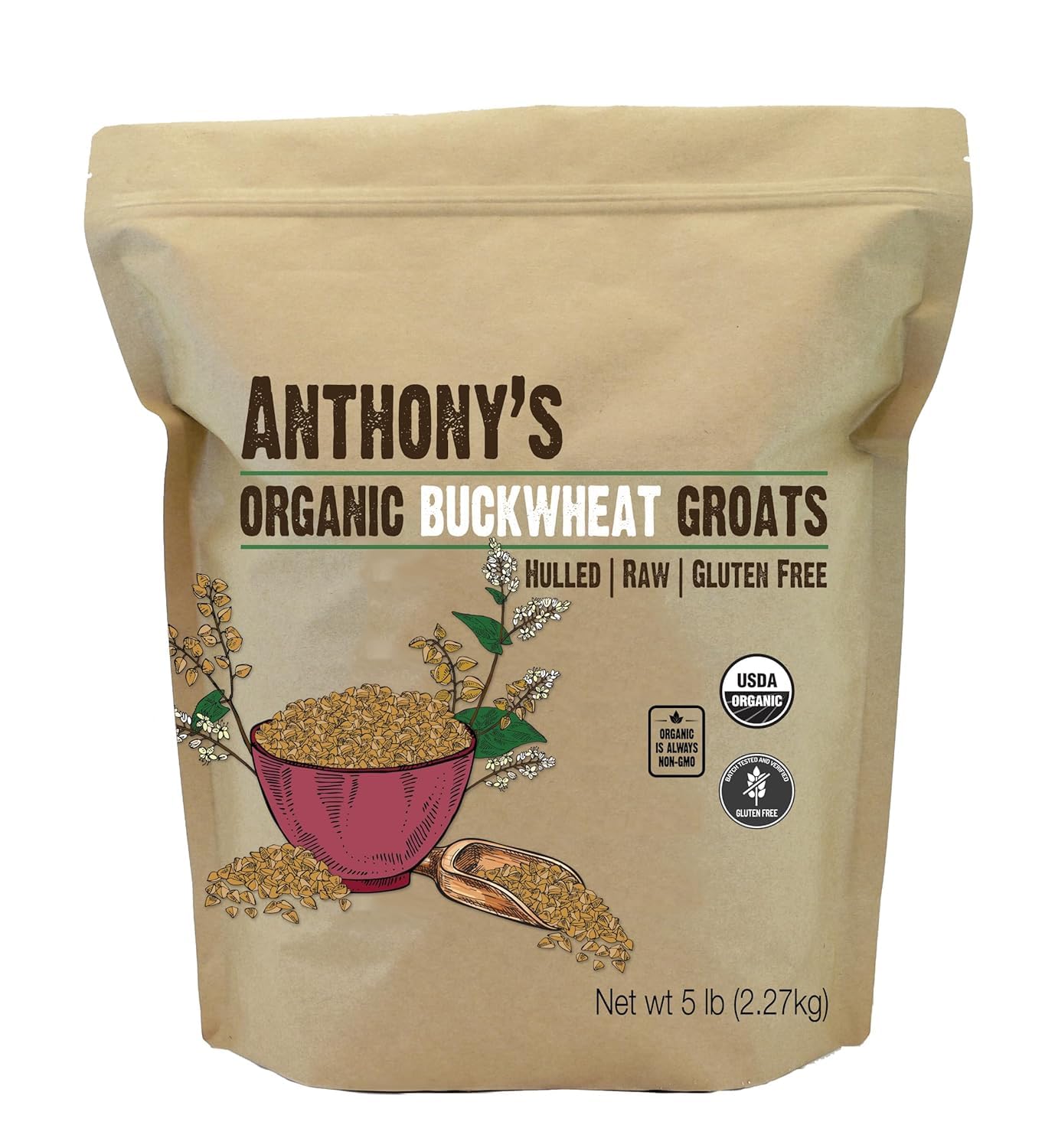
Barley
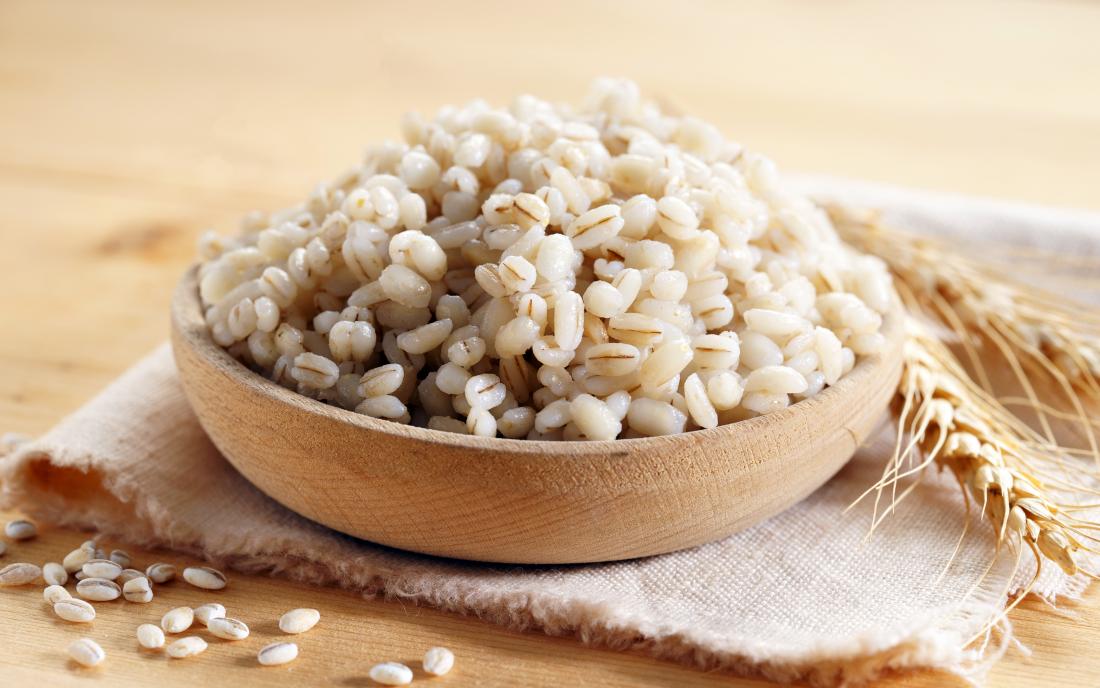
Origin: One of the earliest cultivated grains, barley has a long history in ancient Egypt, Mesopotamia, and other regions of the Middle East.
Nutritional Highlights:
- High Fiber: Barley contains beta-glucans, a type of soluble fiber that may help lower cholesterol and improve heart health.
- Vitamins and Minerals: Supplies B vitamins, selenium, and copper.
- Slow-Digesting Carbohydrates: Creates a steady release of energy, reducing rapid blood sugar fluctuations.
How It Aids Weight Loss:
- Helps increase feelings of fullness, reducing the risk of snacking between meals.
- Maintains stable blood sugar, a useful factor in preventing cravings.
Tips for Use:
- Use hulled or pearl barley in soups, stews, or as a breakfast porridge.
- Combine cooked barley with vegetables and lean protein for a nutrient-packed salad.
- Consider soaking barley overnight to reduce cooking time and enhance digestibility.
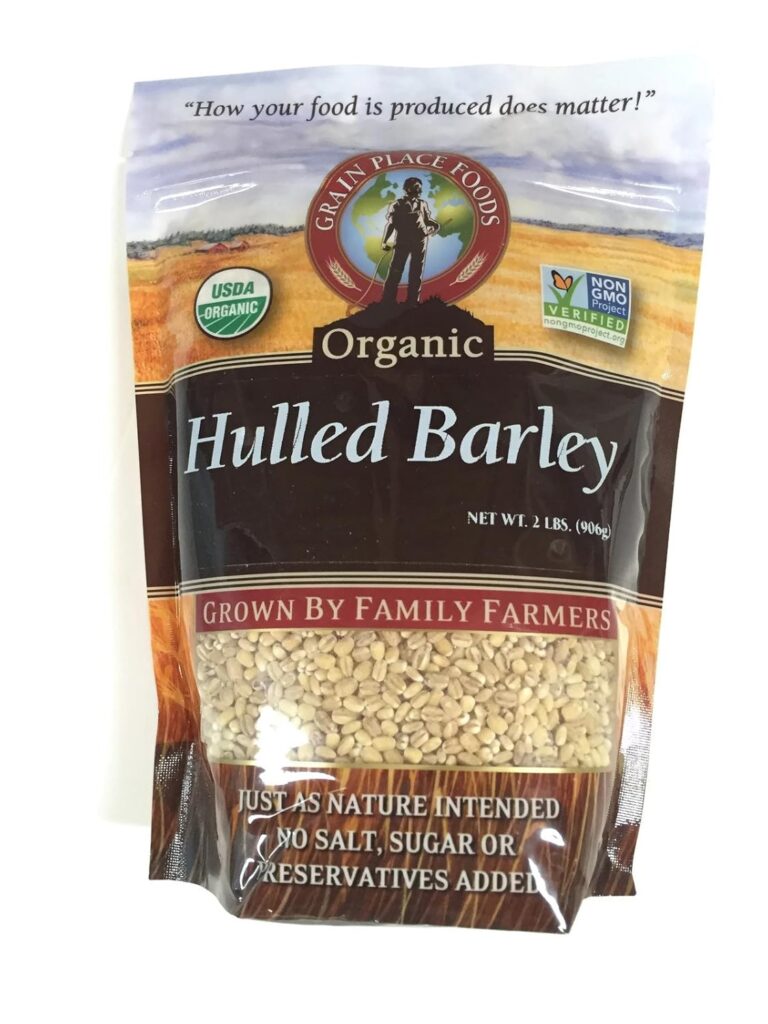
Spelt
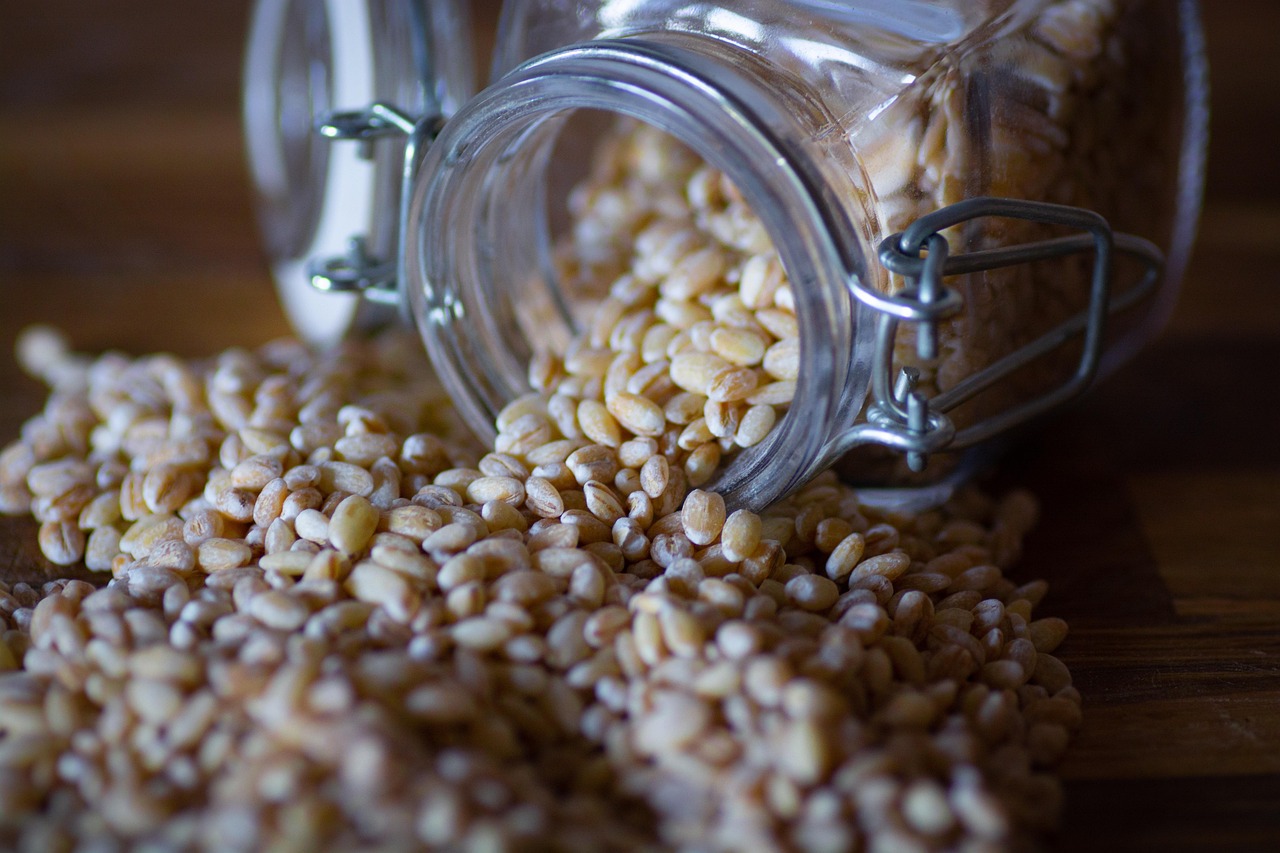
Origin: Spelt is an ancient grain popular in Europe for centuries, often referred to as the parent grain of modern wheat.
Nutritional Highlights:
- Moderate Gluten Content: While spelt does contain gluten, some individuals find it easier to digest than modern wheat.
- Protein and Fiber: Contains more protein compared to some conventional wheat varieties and a good dose of dietary fiber.
- Minerals: Rich in iron, magnesium, and zinc.
How It Aids Weight Loss:
- The combination of protein and fiber aids satiety.
- Less processed than typical wheat, spelt may have fewer additives and retain more nutrients.
Tips for Use:
- Replace standard wheat flour with spelt flour in bread, pizza dough, or pasta.
- Use whole spelt berries in soups or as a side dish.
- Try mixing spelt flour with other ancient grain flours to diversify taste and texture.
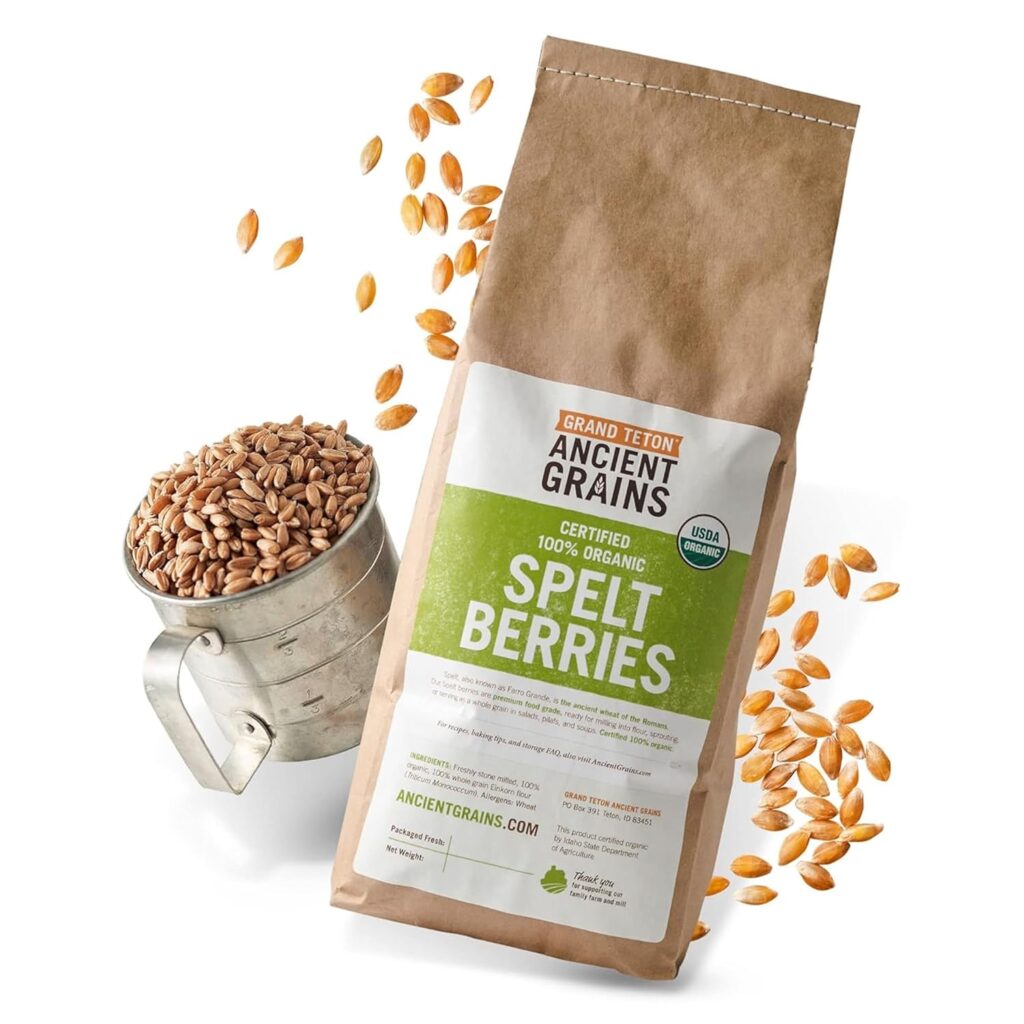
Other Ancient Grains
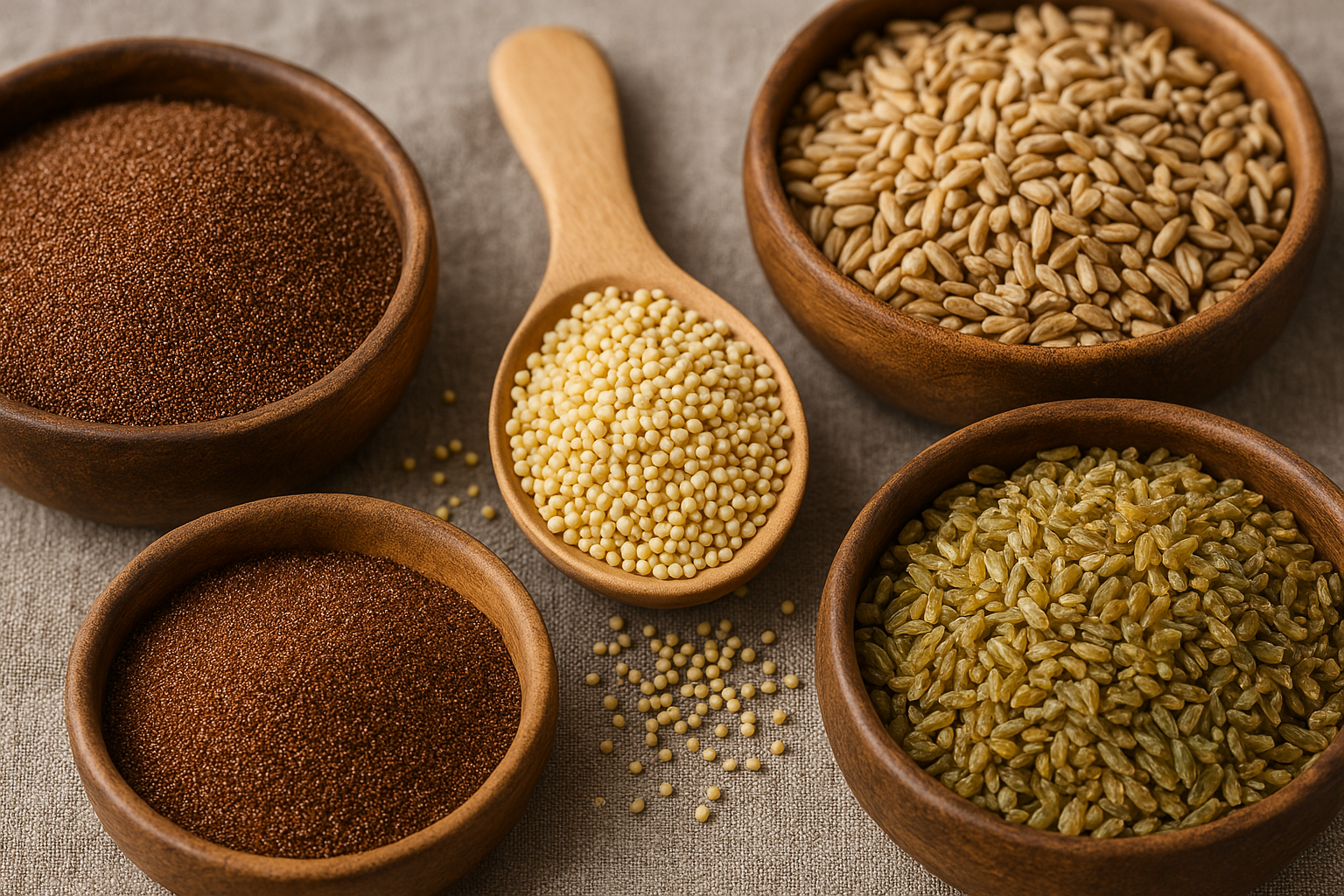
While quinoa, amaranth, buckwheat, barley, and spelt are among the most well-known, other less-common grains like teff, millet, farro, and freekeh also offer a range of nutritional benefits. The key point is that many ancient grains are rich in fiber, protein, vitamins, and minerals compared to modern refined grains, making them an excellent base for a weight-loss-friendly diet.
Seeds for Weight Loss: Small Powerhouses of Nutrients
Seeds are another potent category of herbal superfoods. They are essentially “power packs” containing all the nutrients a new plant needs to sprout and thrive. Humans benefit greatly from these seeds’ wealth of healthy fats, protein, and micronutrients.
Chia Seeds
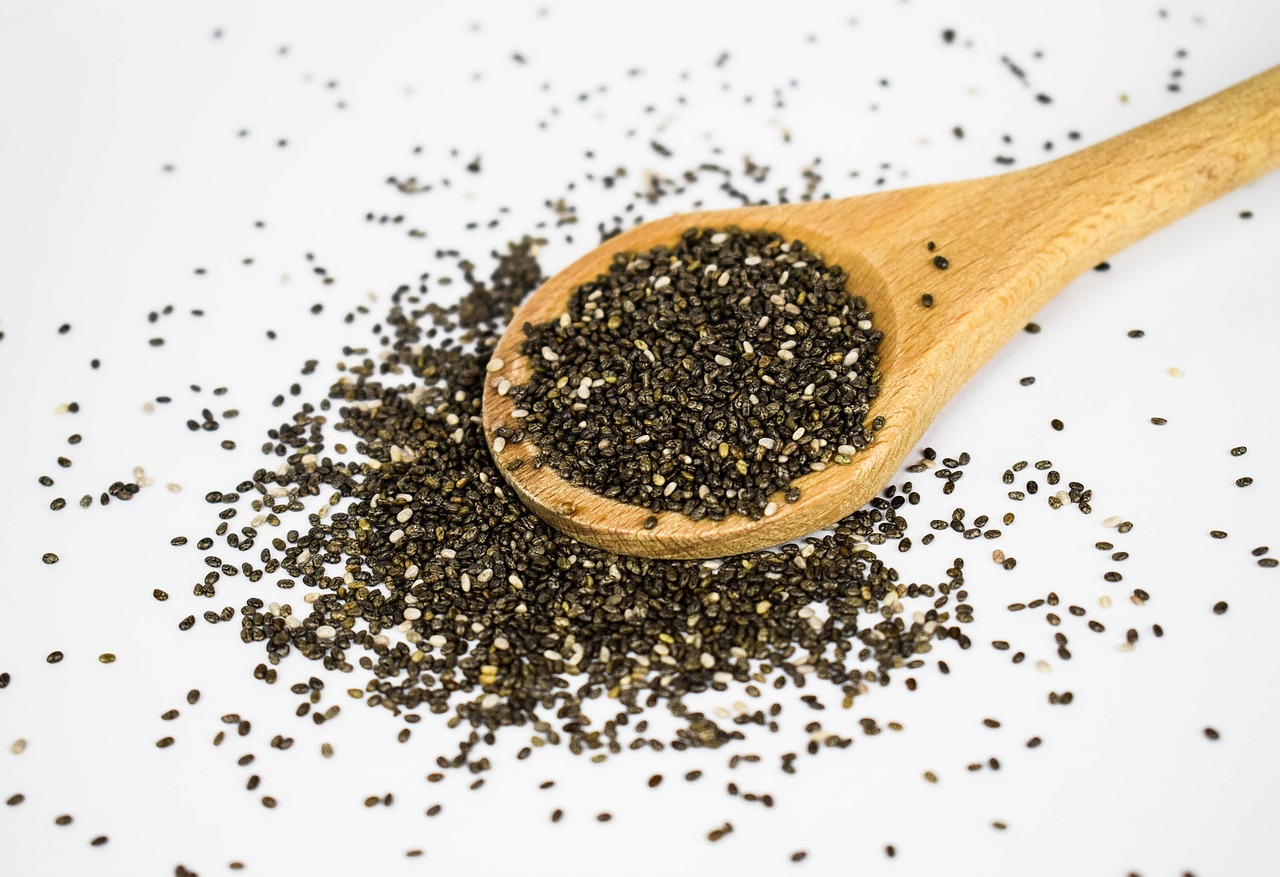
Origin: Chia seeds come from the Salvia hispanica plant, native to Central America and revered by ancient Aztec warriors.
Nutritional Highlights:
- High in Omega-3 Fatty Acids: These healthy fats support heart health and can help reduce inflammation.
- Fiber-Rich: Just two tablespoons of chia seeds contain around 10 grams of dietary fiber.
- Complete Protein: While it’s not as high in protein as some other sources, chia seeds do contain all nine essential amino acids.
How They Aid Weight Loss:
- Absorb liquid to form a gel-like consistency, helping to create a feeling of fullness.
- Stabilize blood sugar, curbing cravings.
Tips for Use:
- Stir chia seeds into water or non-dairy milk to make chia pudding. Add fruits, nuts, and sweeteners like honey or stevia if desired.
- Sprinkle chia seeds on salads, oatmeal, or smoothies for a crunchy nutrient boost.
- Use chia as an egg substitute in vegan baking (1 tablespoon of chia seeds mixed with 3 tablespoons of water per egg).
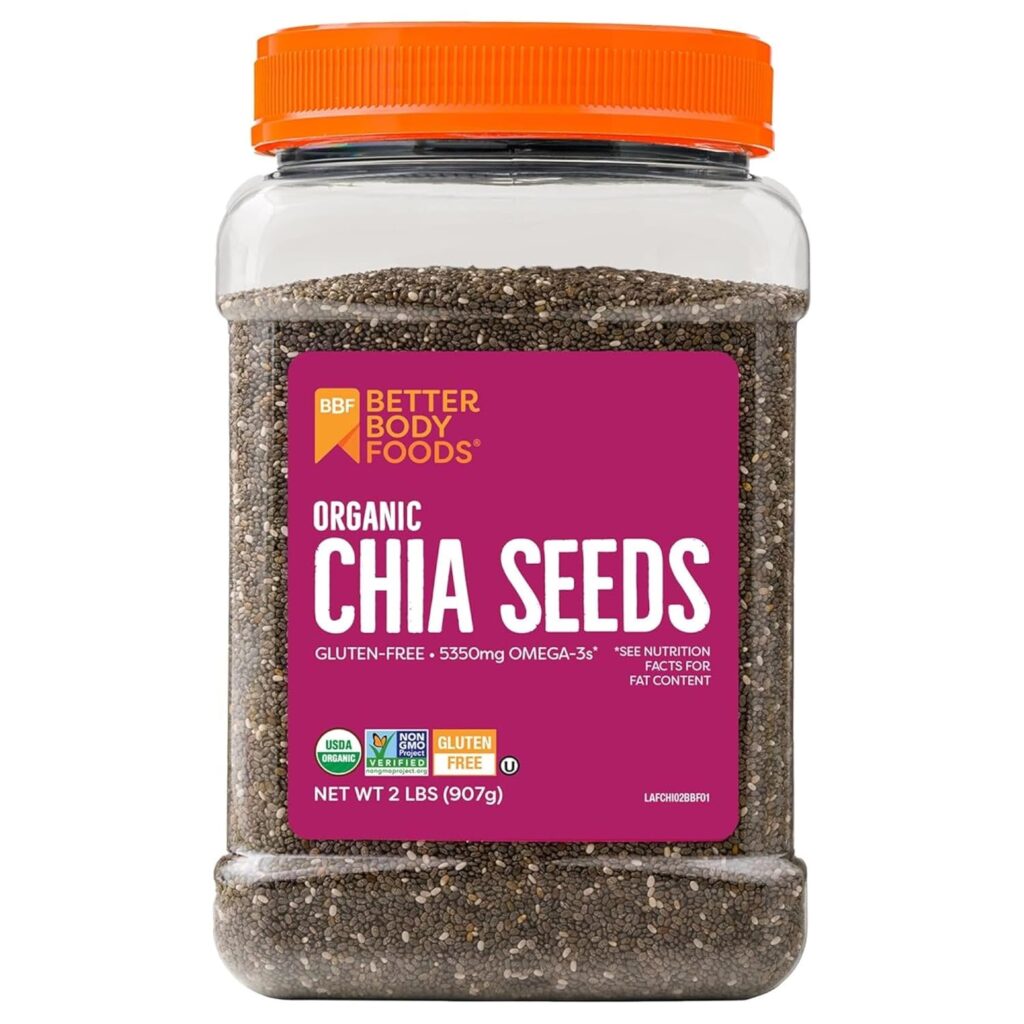
Flaxseeds
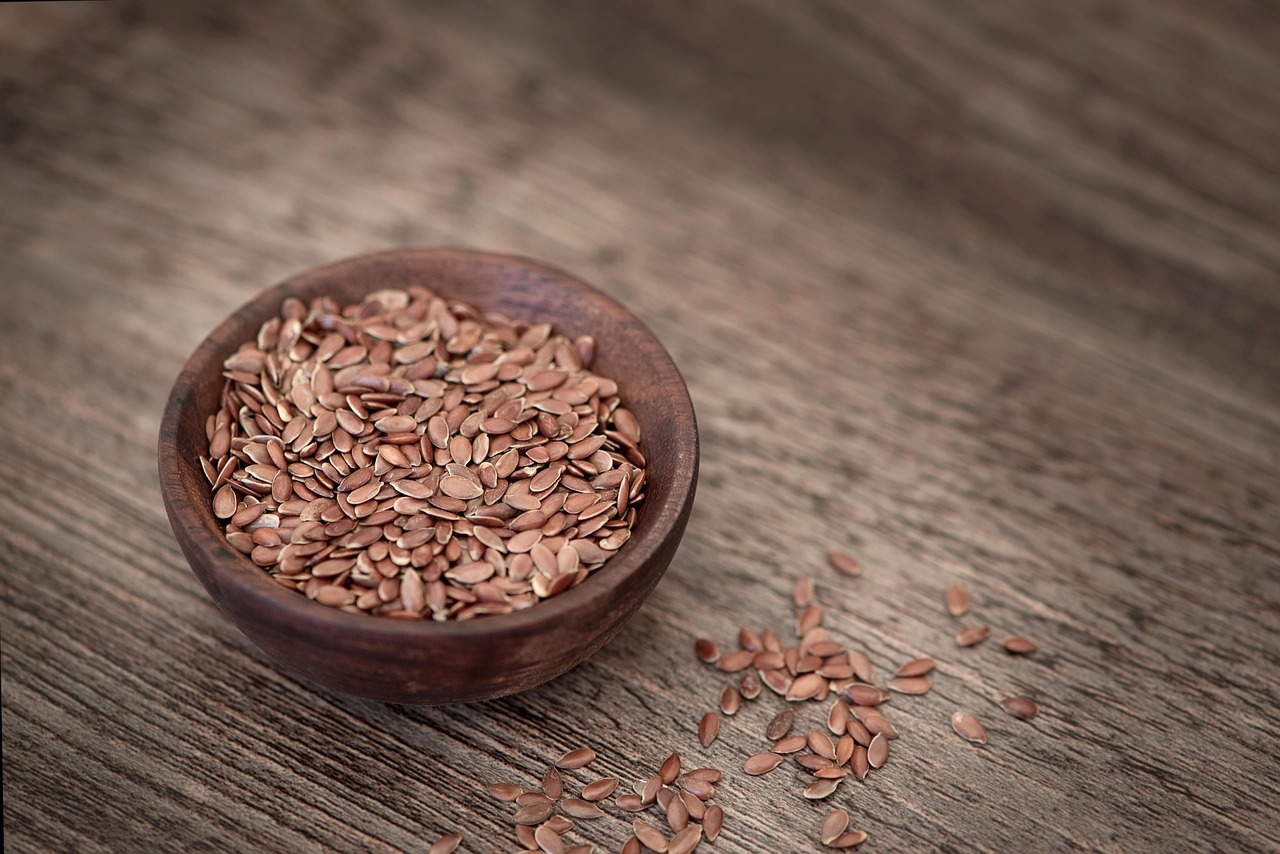
Origin: Cultivated in ancient Egypt, flaxseeds have been prized for millennia for both their fiber and oil content.
Nutritional Highlights:
- Lignans: Flaxseeds are the richest dietary source of lignans, plant compounds with antioxidant properties and potential hormone-balancing effects.
- Omega-3s: Contain alpha-linolenic acid (ALA), an essential omega-3 fatty acid.
- Fiber: Offer both soluble and insoluble fiber, improving digestion and helping regulate bowel movements.
How They Aid Weight Loss:
- Fiber and healthy fats boost satiety, helping you feel satisfied.
- Their nutrient density can reduce cravings for empty-calorie snacks.
Tips for Use:
- Grind flaxseeds to enhance nutrient absorption, as whole flaxseeds may pass through the digestive tract undigested.
- Stir ground flaxseeds into smoothies, oatmeal, or pancake batter for a subtle, nutty flavor.
- Store ground flaxseeds in the refrigerator or freezer to prevent rancidity.
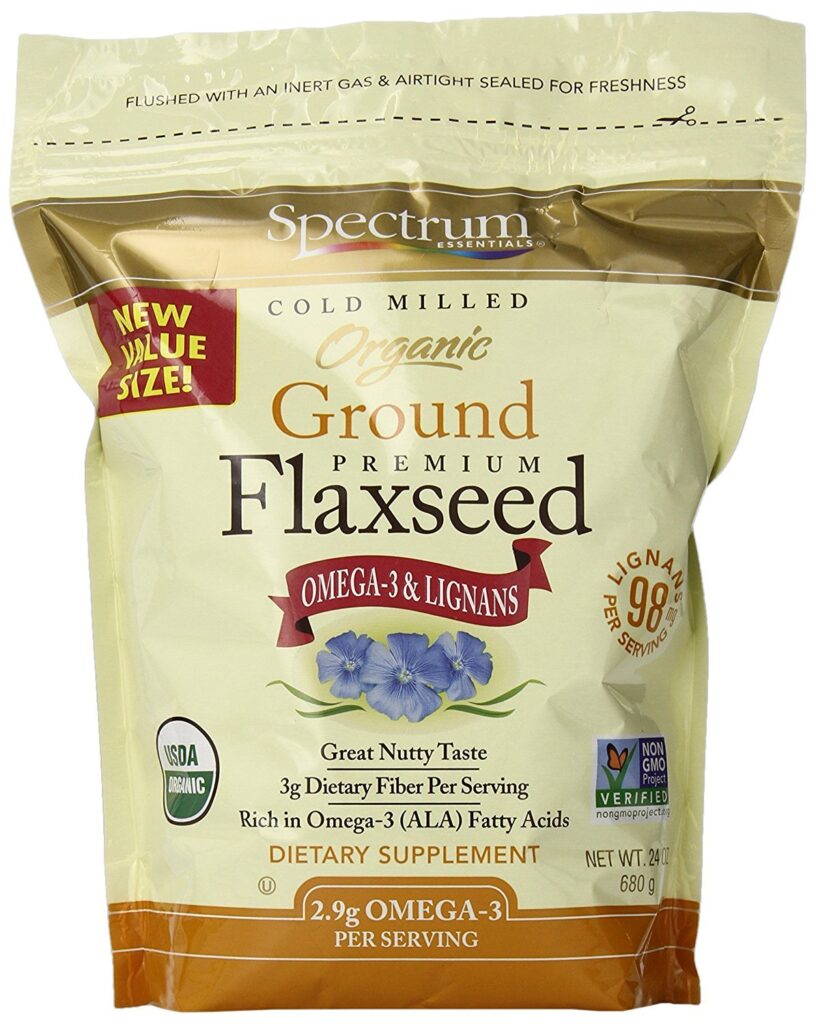
Hemp Seeds
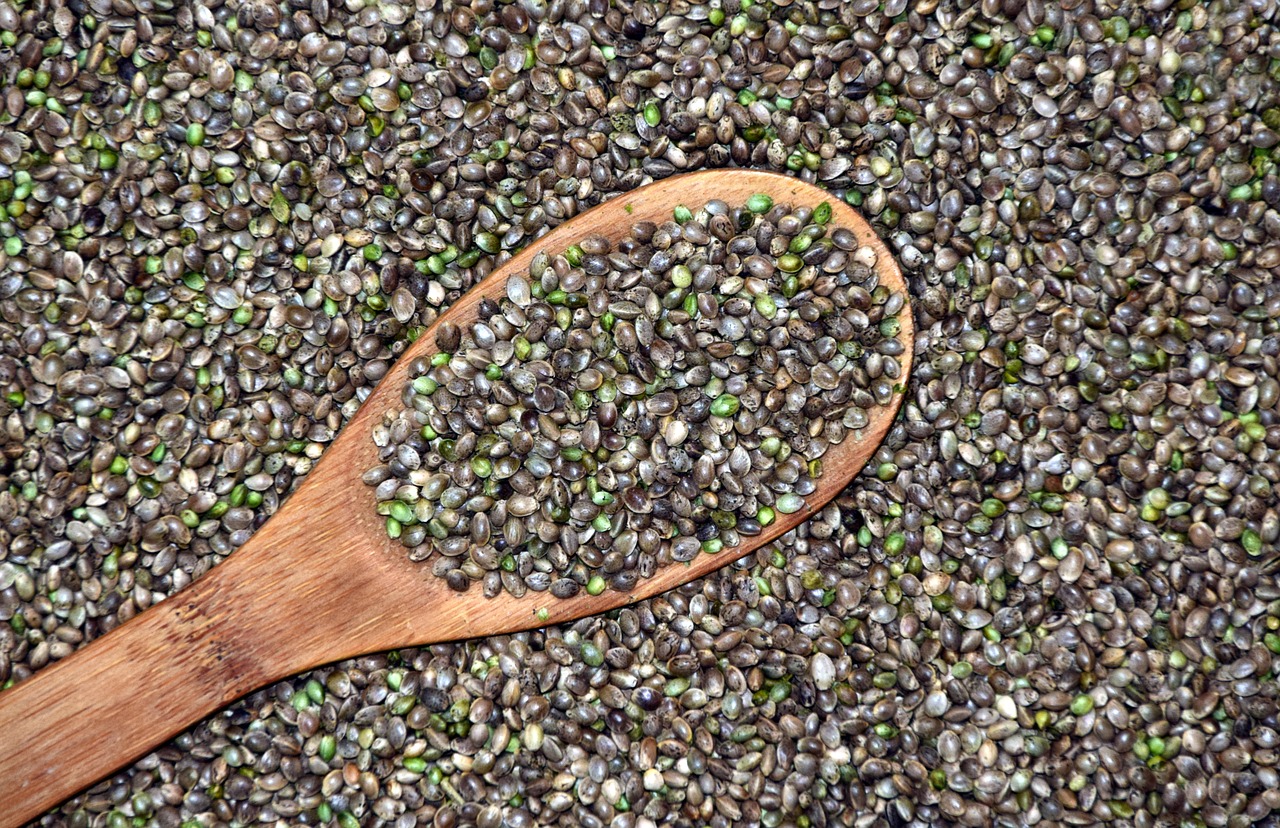
Origin: Derived from the hemp plant (Cannabis sativa), hemp seeds are distinct from marijuana strains, containing only trace amounts of psychoactive compounds.
Nutritional Highlights:
- Complete Protein: Hemp seeds are notable for providing all nine essential amino acids.
- Healthy Fats: Contain a balanced ratio of omega-6 to omega-3 essential fatty acids.
- Vitamins and Minerals: Good source of vitamin E, magnesium, phosphorus, and potassium.
How They Aid Weight Loss:
- High protein content helps with muscle maintenance and appetite control.
- Healthy fats and a balanced fatty acid profile can support hormonal balance, which is critical for weight management.
Tips for Use:
- Sprinkle shelled hemp seeds on salads, yogurt, or cereal.
- Blend into smoothies for an extra protein and nutrient boost.
- Use hemp seed butter as an alternative to peanut or almond butter.
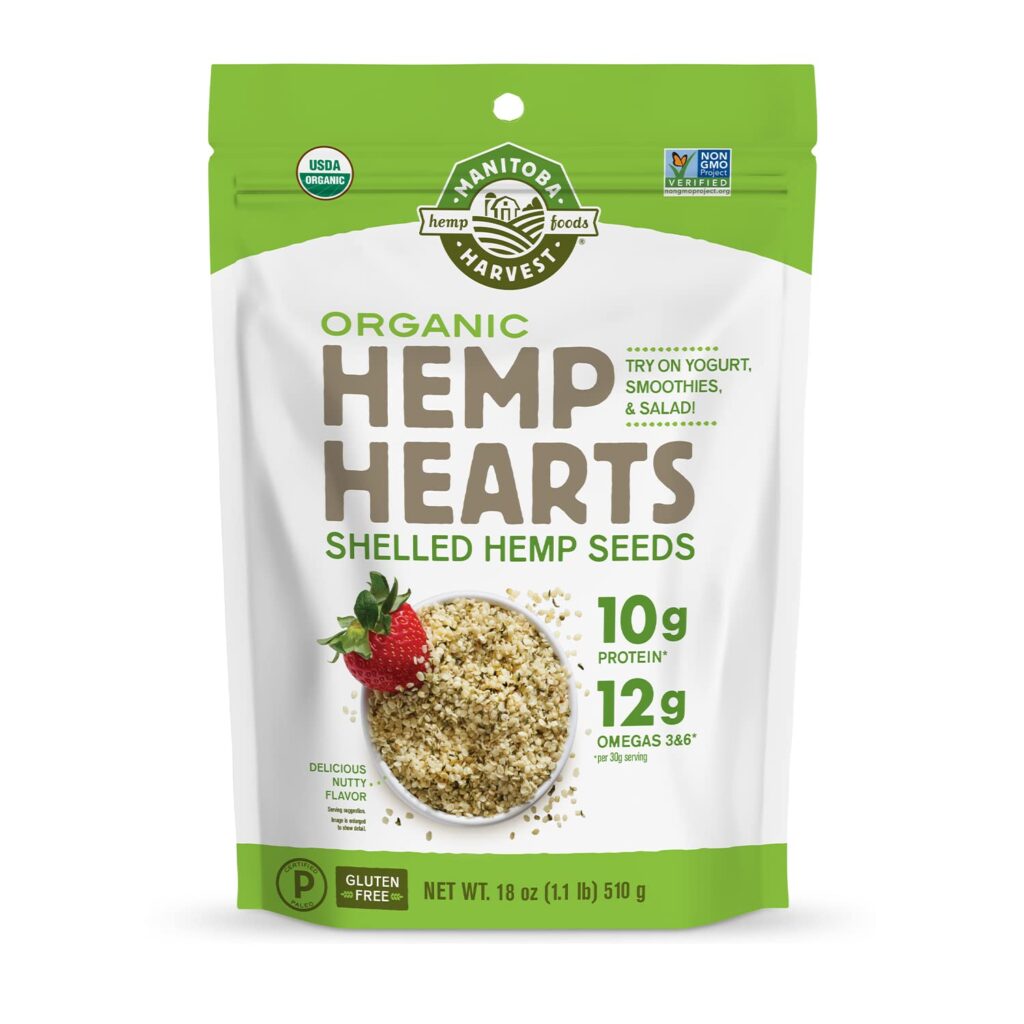
Pumpkin Seeds
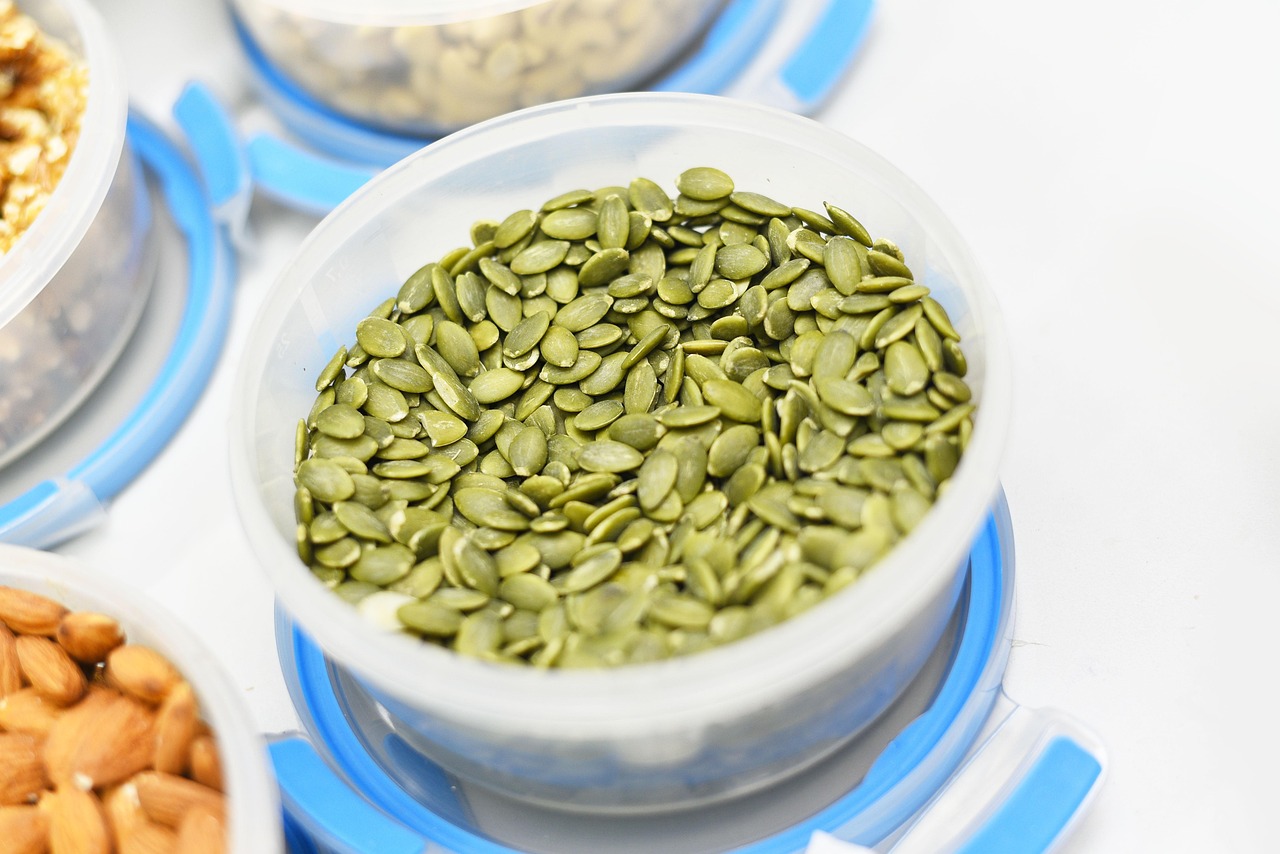
Origin: Pumpkin seeds, also called pepitas, have been eaten in the Americas for thousands of years and remain a staple in many cuisines.
Nutritional Highlights:
- Zinc and Magnesium: Supports immune function, muscle health, and energy production.
- Protein: Among the most protein-dense seeds.
- Antioxidants: Contains compounds like Vitamin E, which protect cells from oxidative damage.
How They Aid Weight Loss:
- Provide a feeling of satiety due to protein and healthy fats.
- Nutrient-dense, helping the body get essential vitamins and minerals within fewer calories.
Tips for Use:
- Lightly roast pumpkin seeds for a crunchy snack or salad topping.
- Incorporate them into homemade granola or trail mix.
- Grind them into a paste to make pumpkin seed butter, perfect for spreading on whole-grain toast.
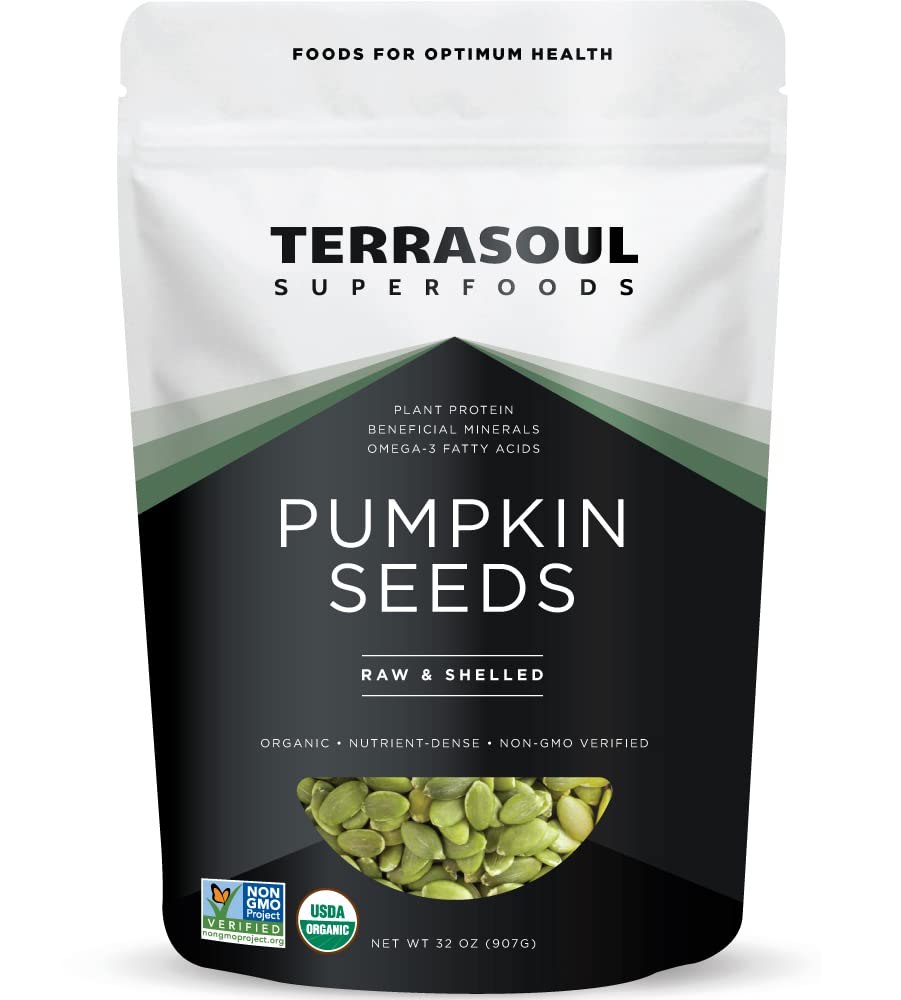
Sesame Seeds
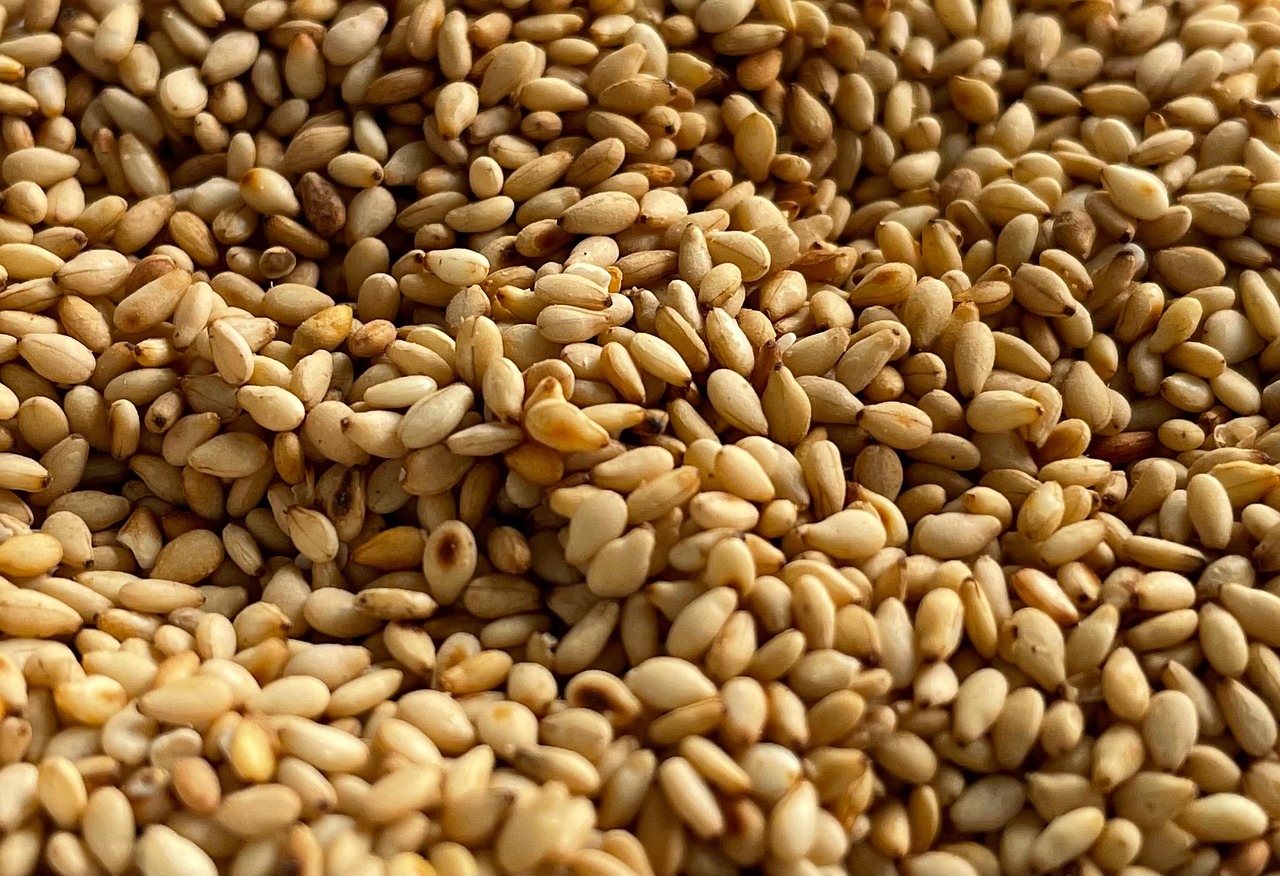
Origin: One of the oldest cultivated plants in the world, sesame seeds are prevalent in African, Middle Eastern, and Asian cuisines.
Nutritional Highlights:
- Calcium: A great source for people who prefer plant-based calcium sources.
- Healthy Fats: High in unsaturated fats, particularly beneficial for heart health when consumed in moderation.
- Fiber: Offers a mild contribution to daily fiber intake.
How They Aid Weight Loss:
- The combination of healthy fats and fiber can help moderate appetite.
- Provide essential minerals needed for metabolic and muscular function, indirectly supporting an active lifestyle.
Tips for Use:
- Sprinkle sesame seeds over salads, stir-fries, or roasted vegetables.
- Use tahini (sesame seed paste) as a base for dressings and sauces.
- Mix black and white sesame seeds for a decorative and nutrient-diverse garnish.
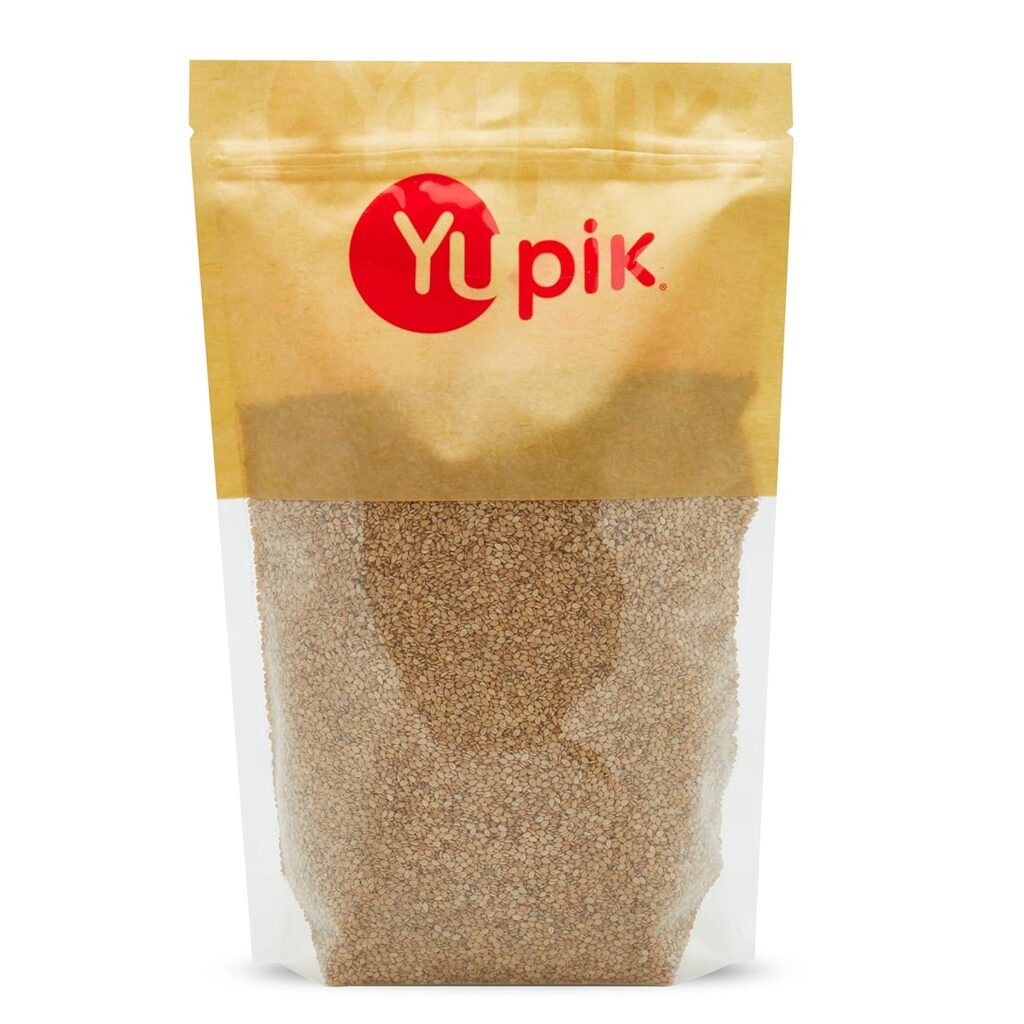
Teas: Herbal Infusions to Support Weight Management
Teas have been esteemed for centuries across numerous cultures for their pleasant flavors and broad-spectrum health benefits. From improving digestion to providing antioxidant support, the right teas can complement an overall weight-loss strategy.
Green Tea
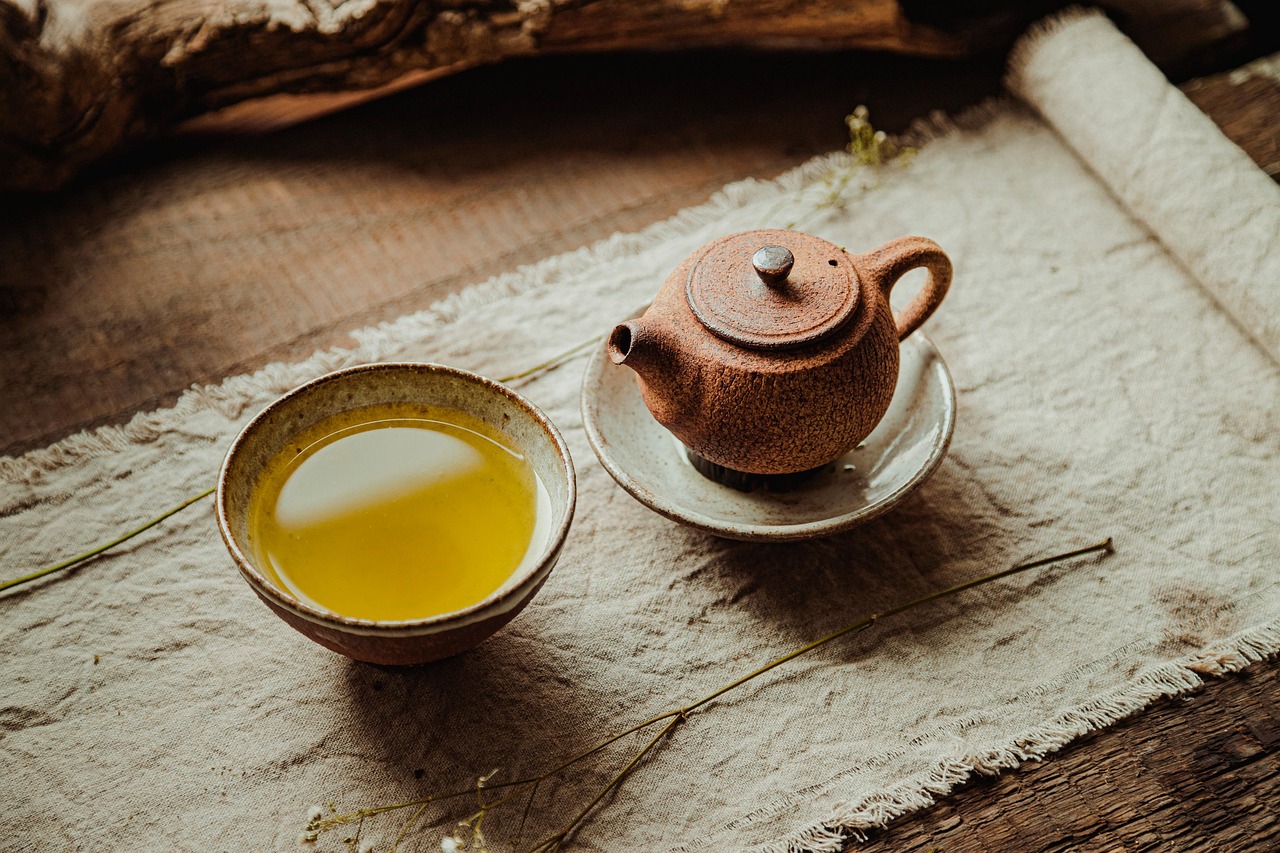
Origin: Primarily from China and Japan, green tea is made from the leaves of the Camellia sinensis plant. It undergoes minimal oxidation during processing.
Key Compounds and Benefits:
- EGCG (Epigallocatechin Gallate): A catechin believed to help boost metabolism.
- Caffeine: Moderate levels of caffeine provide a gentle energizing effect.
- Antioxidants: May help reduce inflammation and support cellular health.
How It Aids Weight Loss:
- May increase thermogenesis (calorie burning) slightly, helping enhance metabolism.
- Supports mental alertness, which can be beneficial during workouts and daily tasks.
- By replacing sugary beverages with unsweetened green tea, you reduce overall calorie intake.
Brewing Tips:
- Use water around 160–180°F (70–80°C) and steep for 2–3 minutes to avoid bitterness.
- Enjoy it hot or chilled; you can add lemon or mint for flavor variation.
- Avoid overconsumption of caffeinated teas late in the day if you are sensitive to caffeine.
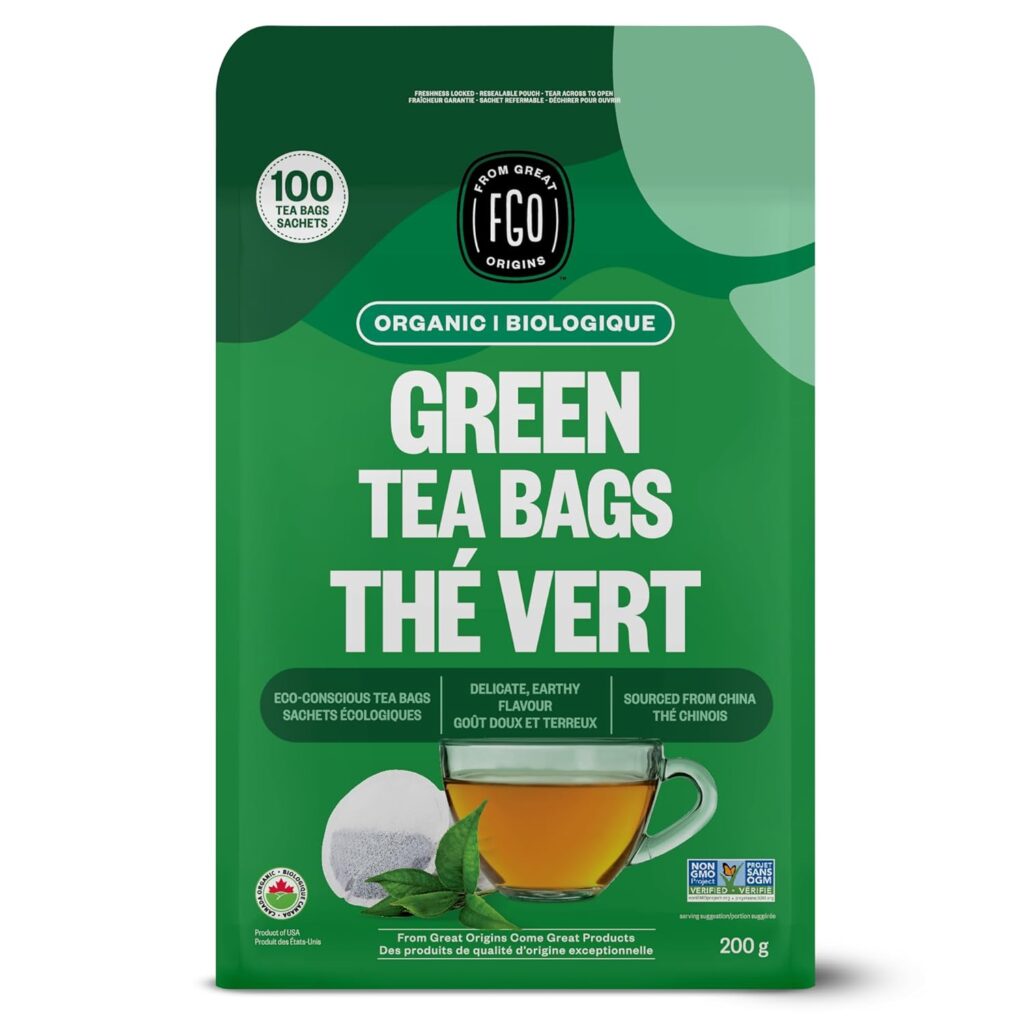
Matcha

Origin: Matcha is a finely ground powder of specially grown and processed green tea leaves, traditionally used in Japanese tea ceremonies.
Key Compounds and Benefits:
- Higher EGCG Content: Because you consume the entire tea leaf (in powdered form), matcha typically has a higher concentration of catechins than standard green tea.
- L-Theanine: An amino acid that promotes relaxation and a calm focus, often balancing out the stimulating effects of caffeine.
- Rich, Distinct Flavor: Earthy and slightly sweet.
How It Aids Weight Loss:
- Potentially higher metabolic effect due to the concentrated catechins.
- The L-theanine and caffeine combination can support sustained energy, aiding in more active living and exercise.
Usage Tips:
- Whisk matcha powder into hot water using a bamboo whisk or frother to create a smooth, foamy texture.
- Mix matcha into smoothies, oatmeal, or baked goods for a vibrant green color and nutritional boost.
- Start with smaller amounts if you’re new to matcha to gauge your tolerance for caffeine.
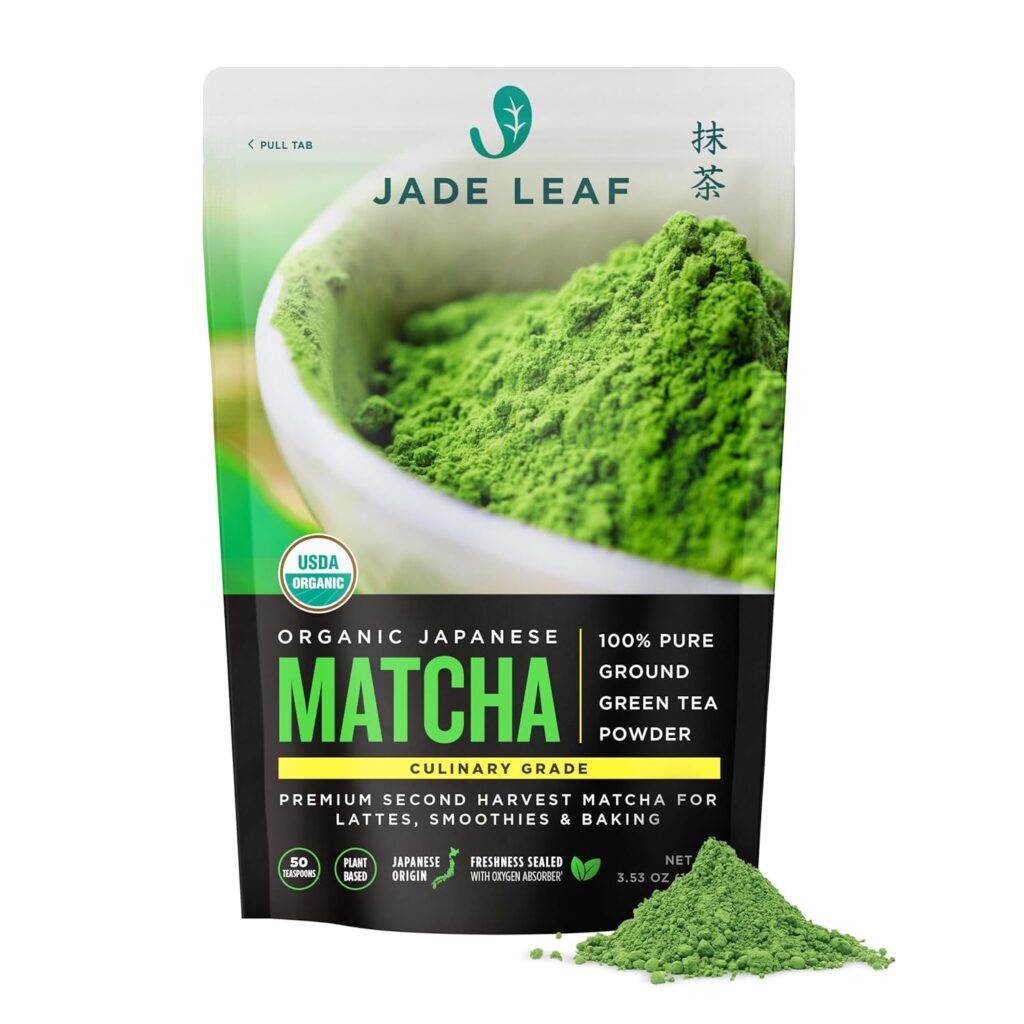
Oolong Tea
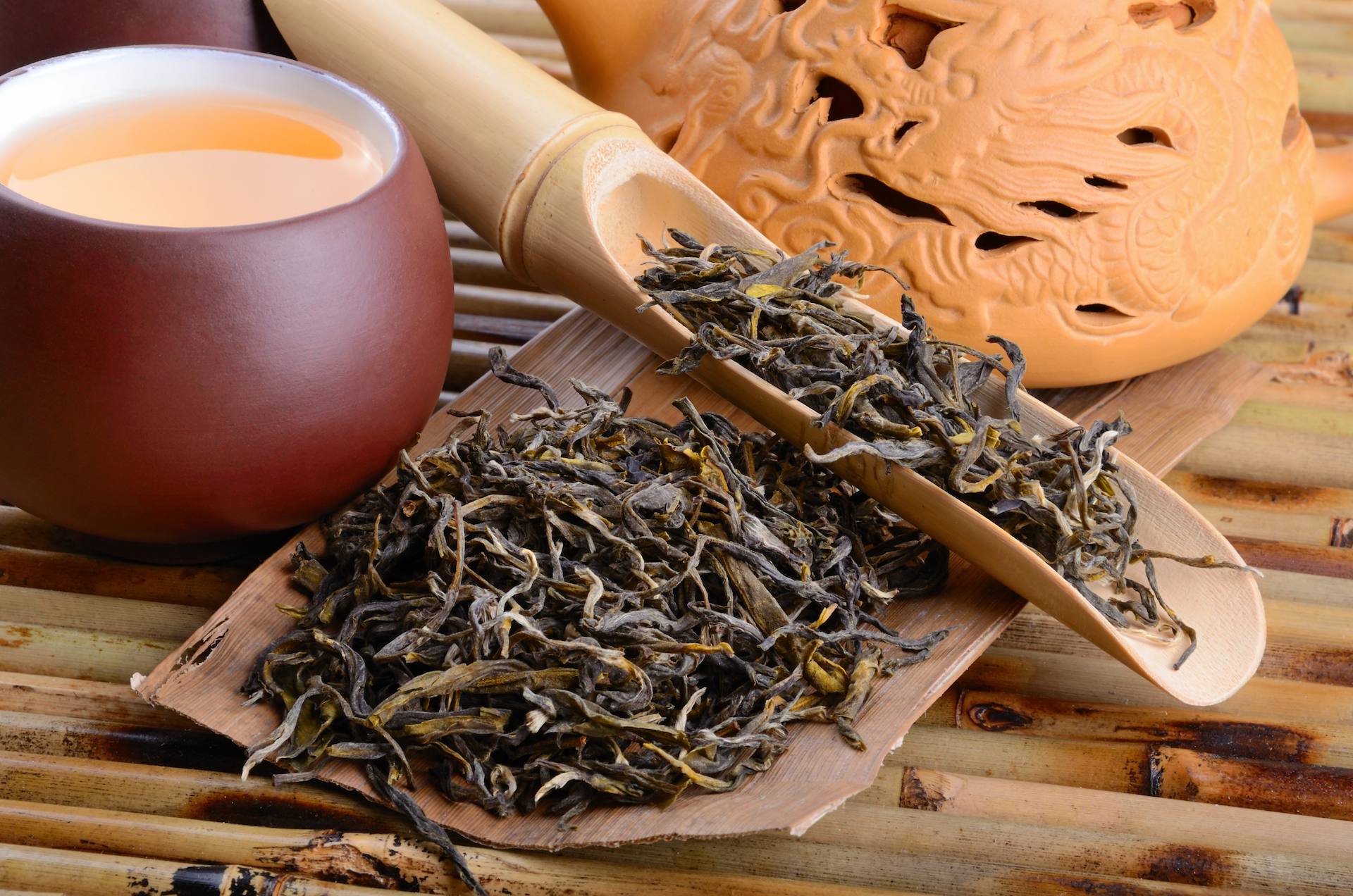
Origin: Oolong tea is partially oxidized Camellia sinensis leaves, bridging the gap between green and black tea in terms of oxidation and flavor.
Key Compounds and Benefits:
- Catechins and Polyphenols: Offers a variety of antioxidants that may support fat metabolism.
- Complex Flavor Profile: Ranges from sweet and floral to smoky and robust.
How It Aids Weight Loss:
- Studies suggest oolong tea can help increase energy expenditure and fat oxidation.
- Moderate caffeine content supports alertness and exercise performance.
Brewing Tips:
- Steep oolong tea in water around 180–200°F (82–93°C) for 2–5 minutes, adjusting for personal preference.
- Enjoy plain or with a hint of sweetener like honey, but avoid refined sugars if you’re focused on weight loss.
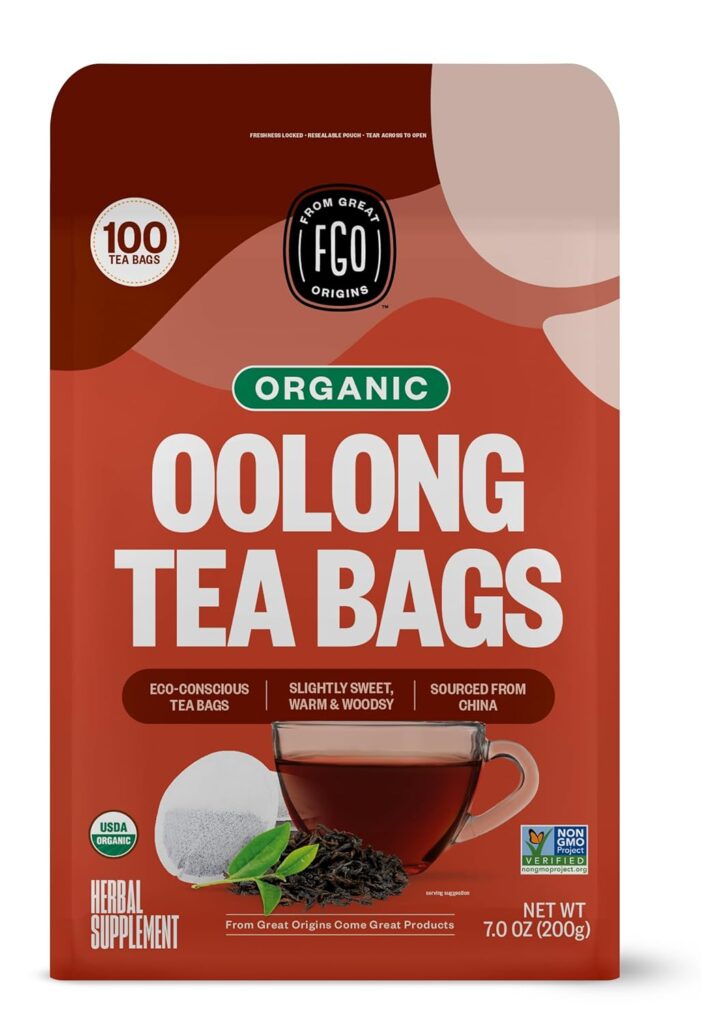
Peppermint Tea

Origin: Peppermint tea is an herbal infusion made from the leaves of the peppermint plant (Mentha × piperita).
Key Compounds and Benefits:
- Menthol: The main active compound in peppermint, known for a soothing effect on the digestive system.
- Caffeine-Free: Ideal for evening consumption or for individuals with caffeine sensitivity.
- Cooling and Refreshing Flavor: Can be especially pleasant in hot weather or after meals.
How It Aids Weight Loss:
- May help with digestion by alleviating bloating and gas, potentially reducing uncomfortable fullness that can lead to overeating.
- Serves as a low-calorie alternative to sugary beverages.
Brewing Tips:
- Steep dried or fresh peppermint leaves in hot water for 5–10 minutes.
- Add a squeeze of lemon or a small amount of natural sweetener if desired.
- Drink after meals to support digestion and reduce sweet cravings.
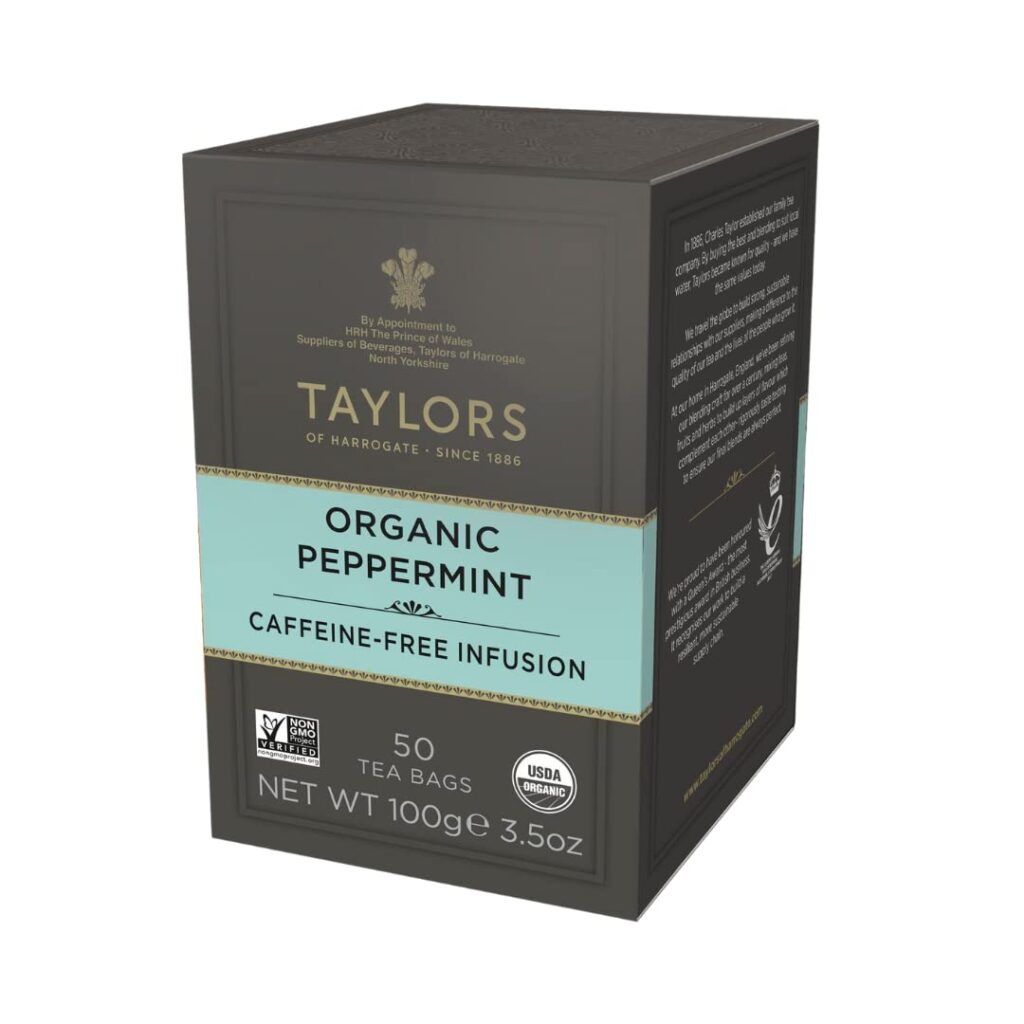
Hibiscus Tea

Origin: Common in tropical and subtropical regions, hibiscus tea (from the Hibiscus sabdariffa plant) is known for its vibrant ruby color and tangy flavor.
Key Compounds and Benefits:
- Anthocyanins: Powerful antioxidants that give hibiscus its distinctive red hue.
- May Help Maintain Healthy Blood Pressure: Some studies suggest a positive effect on blood pressure management, which can be beneficial for overall cardiovascular health.
How It Aids Weight Loss:
- Low-calorie, thirst-quenching option to help you stay hydrated.
- Potential mild diuretic effect can help reduce excess water retention.
Brewing Tips:
- Steep dried hibiscus petals in boiling water for 5–10 minutes.
- Enjoy hot or chilled; consider adding mint or ginger for extra flavor.
- Be mindful of potential interactions with certain medications, particularly those affecting blood pressure.
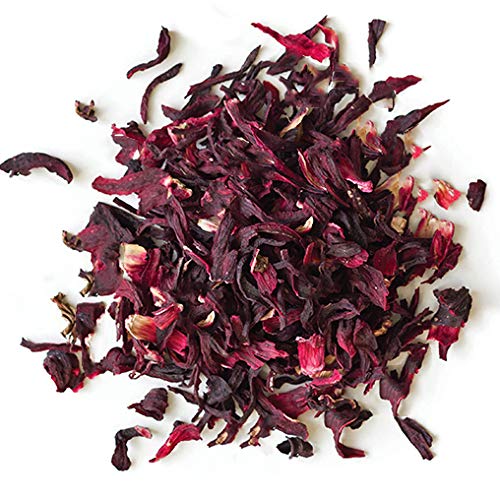
Dandelion Tea

Origin: Dandelions grow widely across Europe, Asia, and the Americas. Traditional cultures often used the entire plant—leaves, stems, flowers, and roots—for medicinal teas.
Key Compounds and Benefits:
- Diuretic Properties: Encourages urination, which may help reduce water weight.
- Minerals: Rich in potassium, which can help replenish electrolytes lost through increased urination.
- Digestive Support: May stimulate bile production, aiding digestion.
How It Aids Weight Loss:
- Temporary reduction in water retention can lead to modest short-term weight fluctuation.
- Supports liver function and digestion, essential for efficient metabolism.
Brewing Tips:
- Use dandelion root or leaf tea bags, or boil dried or roasted dandelion roots for 5–10 minutes.
- Often has a slightly bitter flavor; adding a touch of honey or mixing with other herbal teas can offset the bitterness.
- Consult a healthcare professional if you have existing kidney or liver concerns.
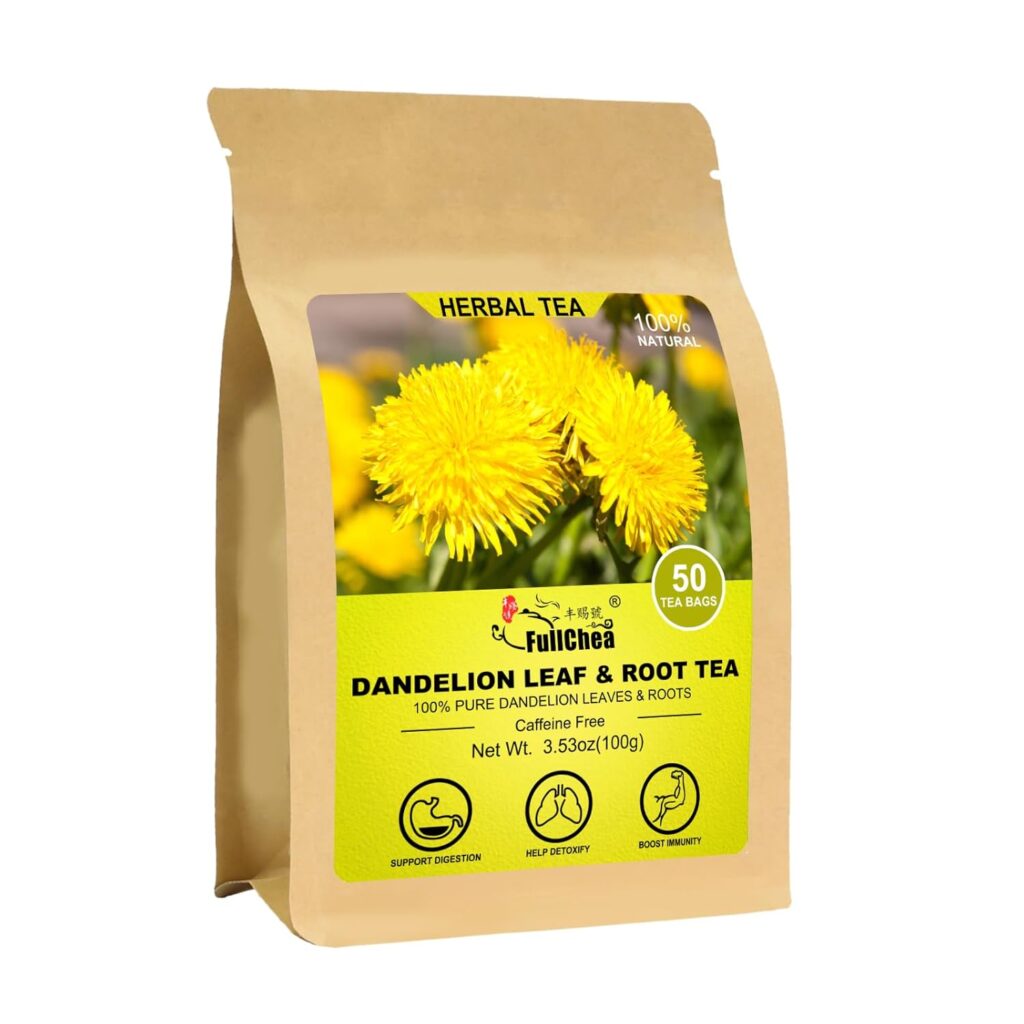
Chamomile Tea

Origin: Chamomile has been used for centuries in Europe and the Middle East for its calming properties.
Key Compounds and Benefits:
- Apigenin: A compound that binds to certain receptors in the brain, promoting relaxation.
- Caffeine-Free: Ideal for nighttime consumption.
- Soothing Effects: Often associated with improved sleep quality.
How It Aids Weight Loss:
- Improved sleep can regulate hormones like ghrelin and leptin that influence appetite and satiety, indirectly supporting weight management.
- Provides a healthier alternative to sugary nighttime snacks or desserts.
Brewing Tips:
- Steep chamomile flowers or tea bags in hot water for about 5 minutes.
- Add a little cinnamon or a natural sweetener if desired.
- Incorporate it into a calming bedtime ritual to reduce stress-related cravings.
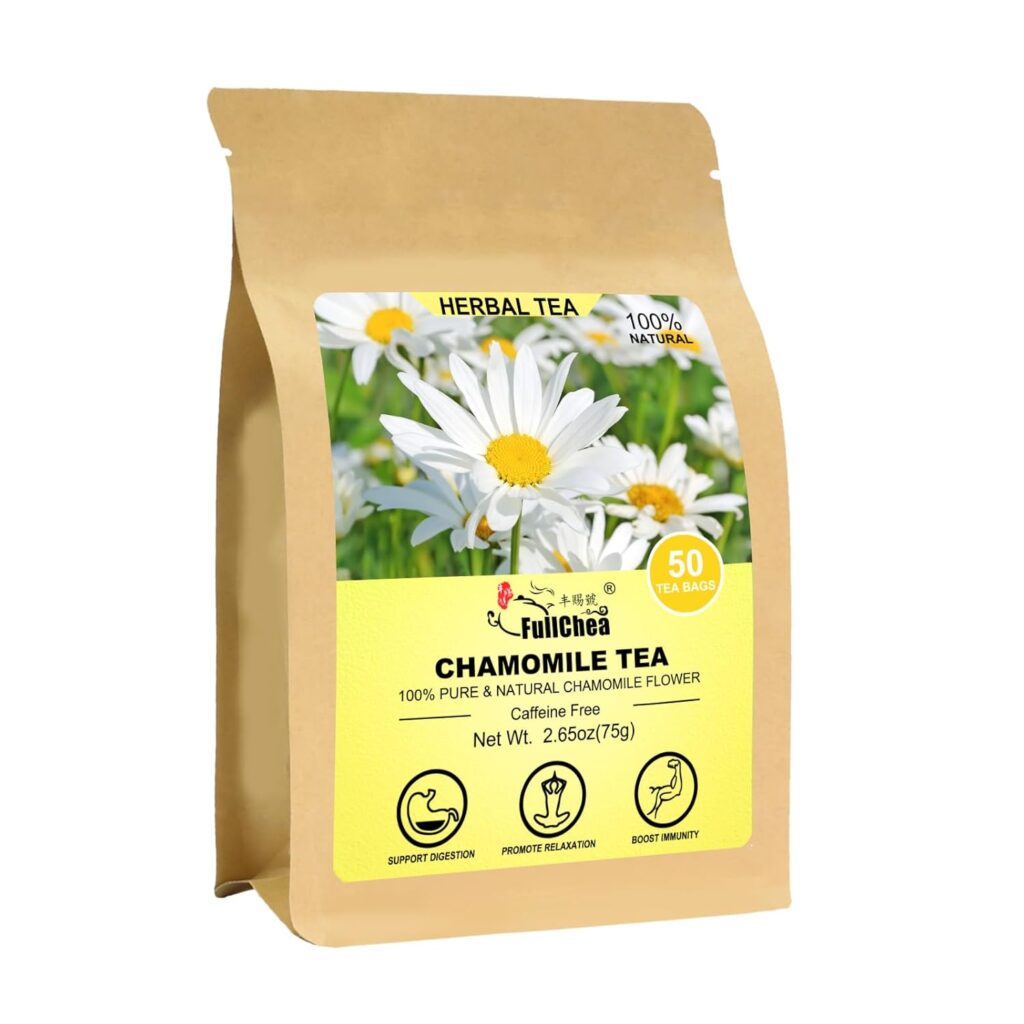
Combining Ancient Grains, Seeds, and Teas in a Weight-Loss Diet
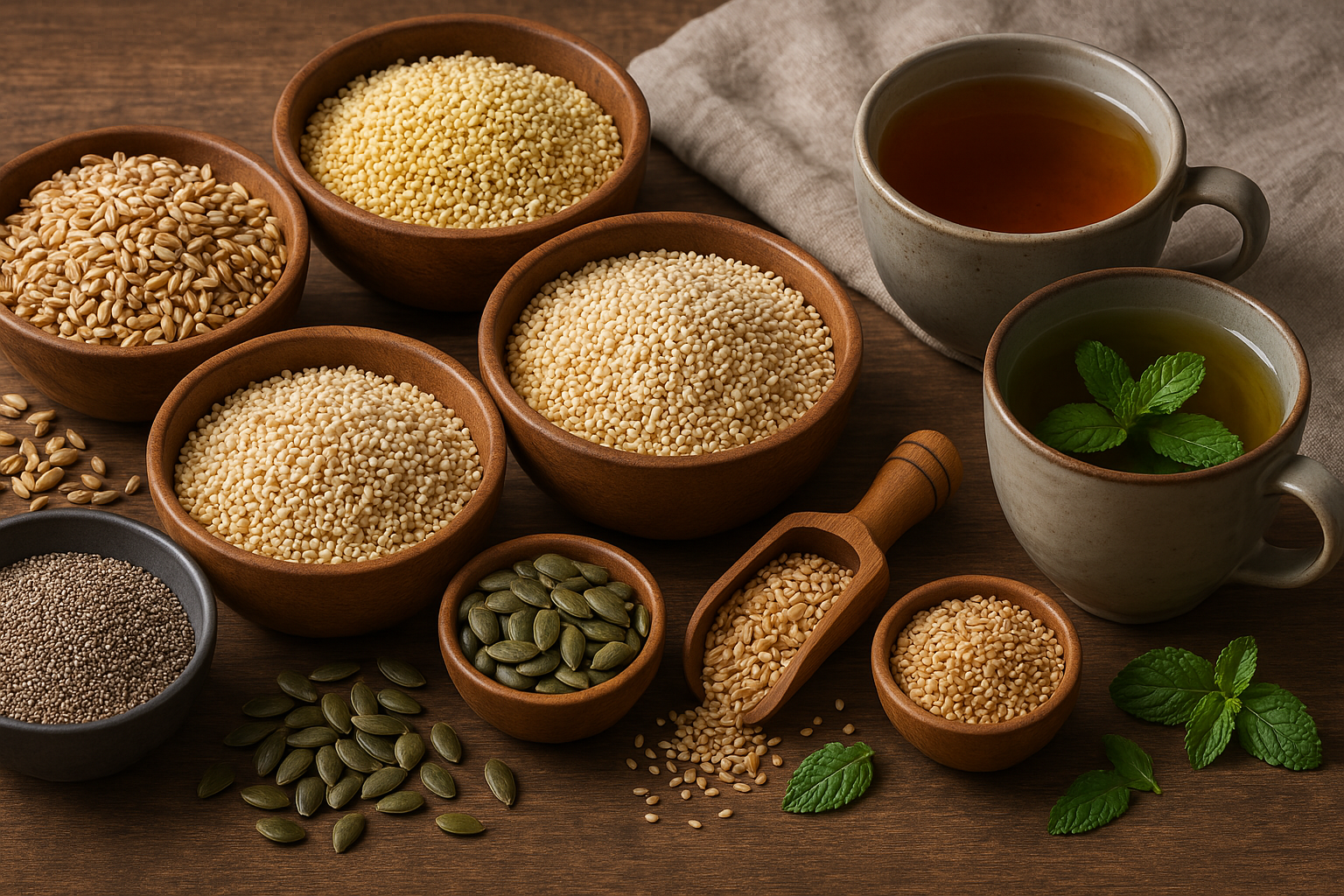
Meal Ideas and Recipes
Here are some suggestions for incorporating these superfoods into your daily routine:
- Breakfast Bowl:
- Base: Cooked quinoa or amaranth.
- Toppings: Chia seeds, fresh berries, a drizzle of honey, and a sprinkling of nuts.
- Beverage: A cup of green tea or matcha for a metabolic boost.
- Hearty Salad:
- Greens: Spinach, kale, or arugula.
- Grains: Barley or buckwheat.
- Seeds: Hemp seeds or pumpkin seeds for protein and crunch.
- Dressing: Tahini (sesame paste) mixed with lemon juice, garlic, and a touch of water to thin.
- Soup or Stew:
- Grains: Add spelt, farro, or quinoa to vegetable soups for a nutrient boost.
- Seeds: Garnish with toasted sesame or pumpkin seeds.
- Pair with a cup of dandelion tea to aid digestion.
- Protein Smoothie:
- Blend: Almond milk, kale or spinach, frozen berries, hemp seeds or ground flaxseeds.
- Boosters: Matcha powder or green tea (cooled) for extra antioxidants.
- Sweetener: Banana or a small amount of honey.
- Snack Time:
- Homemade granola bars made with oats, chia seeds, flaxseeds, and dried fruit.
- Roasted chickpeas or lightly salted pumpkin seeds for a quick protein fix.
- Pair with a mug of peppermint or chamomile tea to curb hunger.
Strategic Pairings
Combining certain grains and seeds can enhance the overall quality of protein in a meal. For instance, mixing quinoa and black beans, or pairing chia seeds with oats, creates complementary amino acid profiles. Similarly, sipping green or matcha tea alongside a carbohydrate-rich meal may support better metabolic responses, potentially aiding in weight management.
Portion Control and Mindful Eating
Even with superfoods, portion control remains important. While these foods are nutrient-dense and beneficial, overeating can stall or negate weight-loss progress. Practice mindful eating by:
- Using smaller plates and bowls to manage portion sizes.
- Taking time to chew thoroughly and appreciate flavors.
- Checking in with your body periodically during meals to identify when you’re satisfied rather than overly full.
Potential Side Effects and Precautions

Allergies and Sensitivities
- Some ancient grains, like spelt or barley, contain gluten, making them unsuitable for individuals with celiac disease or severe gluten intolerance.
- Seeds like sesame can be allergens for some; ensure you’re aware of any allergies before consumption.
Medication Interactions
- Certain teas, particularly green tea and hibiscus tea, might interact with blood pressure or blood-thinning medications.
- Dandelion tea can have a diuretic effect and might interfere with medication dosage or electrolyte balance.
Excessive Fiber Intake
- While fiber is beneficial, drastically increasing your intake in a short period can lead to bloating, gas, or digestive discomfort. Gradually introduce these grains and seeds into your diet and drink plenty of water to aid digestion.
Caffeine Sensitivity
- Teas like green tea, matcha, oolong, and black tea contain caffeine. Excessive intake can cause jitteriness, insomnia, or increased heart rate in sensitive individuals. If this is a concern, limit caffeine-containing teas to earlier in the day or opt for herbal, caffeine-free alternatives like chamomile and peppermint.
Quality and Sourcing
- Whenever possible, choose organic, high-quality grains, seeds, and teas to minimize exposure to pesticides or contaminants.
- Store seeds and grains in airtight containers to protect against rancidity or spoilage, especially when they contain higher levels of healthy fats.
Best Practices for Sustainable Weight Loss

Incorporating ancient grains, seeds, and teas into your diet is only one piece of the puzzle. Sustainable weight loss is supported by a holistic lifestyle approach. Here are key practices to keep in mind:
- Balanced Nutrition: Focus on a wide variety of whole foods. Fill your plate primarily with vegetables and fruits, incorporate complex carbohydrates like ancient grains, add protein from lean meats or plant-based sources, and don’t forget healthy fats from sources like avocados, seeds, or olive oil.
- Regular Physical Activity: Aim for at least 150 minutes per week of moderate aerobic activity or 75 minutes of vigorous activity. Strength training exercises that challenge all major muscle groups at least twice a week can help preserve lean muscle mass, which is vital for a healthy metabolism.
- Adequate Sleep: Lack of sleep can disrupt appetite-regulating hormones (ghrelin and leptin), leading to increased hunger and cravings. Aim for 7–9 hours of quality sleep each night to support weight loss and overall health.
- Stress Management: Chronic stress can elevate cortisol levels, encouraging fat accumulation, especially around the abdomen. Techniques such as meditation, yoga, or deep breathing can help maintain hormonal balance and healthy eating habits.
- Stay Hydrated: Drinking water not only supports digestion and metabolism but also reduces the likelihood of confusing thirst with hunger. Teas can also be part of your total fluid intake, but be mindful of any sweeteners.
- Consistency Over Perfection: Lasting weight loss doesn’t come from crash diets or short-term fixes. Gradual and consistent changes, like replacing refined grains with ancient grains, swapping sugary snacks for seed-based snacks, and choosing herbal teas over sweetened beverages, yield the most sustainable results.
Putting It All Together: Crafting a Personalized Plan

- Identify Your Favorites
Sample various ancient grains such as quinoa, buckwheat, barley, and spelt to identify which tastes and textures you enjoy most. Similarly, explore seeds like chia, flax, hemp, pumpkin, and sesame to see which fit seamlessly into your routine. Test different teas—green, matcha, oolong, peppermint, chamomile, hibiscus, dandelion—to discover the flavors that satisfy both your taste buds and dietary goals. - Plan Meals Strategically
Take time to meal-prep and incorporate these superfoods into balanced recipes. For instance, cook a batch of quinoa or barley at the start of the week and use them for quick lunches or dinners. Pre-measure seeds for snacks or salad toppers. Store them in small containers so they’re easy to use when you’re in a hurry. - Experiment with Flavors
Ancient grains are versatile. You can roast them, combine them with fresh herbs, or cook them in vegetable or bone broth for extra flavor. Seeds can be turned into homemade spreads or dips. Teas can be customized with herbs, spices, and citrus. Keep your meals interesting and appealing. - Create a Tea Ritual
Whether it’s a mid-morning green tea or a calming chamomile tea before bedtime, integrating tea into your daily routine can help you stay hydrated and soothe your mind. If caffeine is an issue, schedule caffeinated teas in the morning or early afternoon and switch to caffeine-free herbal teas in the evening. - Track Progress Responsibly
Monitor your weight, but also pay attention to how you feel overall—your energy levels, digestion, and sense of well-being. The scale is just one measure of health. Positive changes in how you feel can be more meaningful indicators of lasting success.
Frequently Asked Questions (FAQs)
1. Can I rely solely on ancient grains, seeds, and teas for weight loss?
While these foods offer a wealth of health benefits, no single food or food group is a magic bullet for weight loss. A comprehensive approach—including balanced nutrition, regular exercise, quality sleep, and stress management—delivers the best results.
2. How soon can I expect to see weight-loss results?
Weight loss timelines vary significantly among individuals due to factors like starting weight, metabolism, lifestyle, and genetic predisposition. Some people notice changes in energy levels, digestion, or even the scale within a few weeks, while others may take several months.
3. Should I avoid all carbohydrates if I want to lose weight?
Eliminating all carbohydrates is generally unnecessary and can even be counterproductive. Complex carbohydrates from ancient grains are packed with essential nutrients and fiber. The key is to choose high-quality carbohydrate sources and to manage portion sizes.
4. Is it safe to drink multiple cups of tea daily?
Many herbal and traditional teas are safe to consume multiple times a day, but it’s important to pay attention to caffeine content and any potential interactions with medications. If in doubt, consult a healthcare professional.
5. Are seeds high in fat and calories?
Seeds do contain healthy fats, making them relatively calorie-dense. However, the nutrients and satiety they provide can aid weight management. Consuming them in moderation (e.g., a tablespoon or two per serving) is usually recommended.
6. How can I prevent boredom when eating these superfoods?
Experiment with different cooking methods, seasonings, and recipes. Incorporate spices, herbs, and various cooking techniques—like roasting, baking, and sautéing—to elevate flavor. Rotating different grains, seeds, and teas throughout the week can help keep your diet exciting and satisfying.
Conclusion
Herbal superfoods like ancient grains, nutrient-rich seeds, and beneficial teas offer a powerful, natural way to support weight loss and overall health. Packed with fiber, protein, healthy fats, antioxidants, and essential nutrients, they help replace refined foods, reduce hunger, and boost metabolism. Regularly including grains like quinoa and barley, seeds like chia and flax, and teas like green, oolong, and chamomile can enhance your nutrition while supporting digestion, energy, and stress relief.
However, true and lasting weight loss also depends on balanced habits—regular exercise, good sleep, stress management, hydration, and mindful eating. When paired with a healthy lifestyle, these time-tested superfoods become key allies in achieving sustainable weight goals and long-term wellness.

